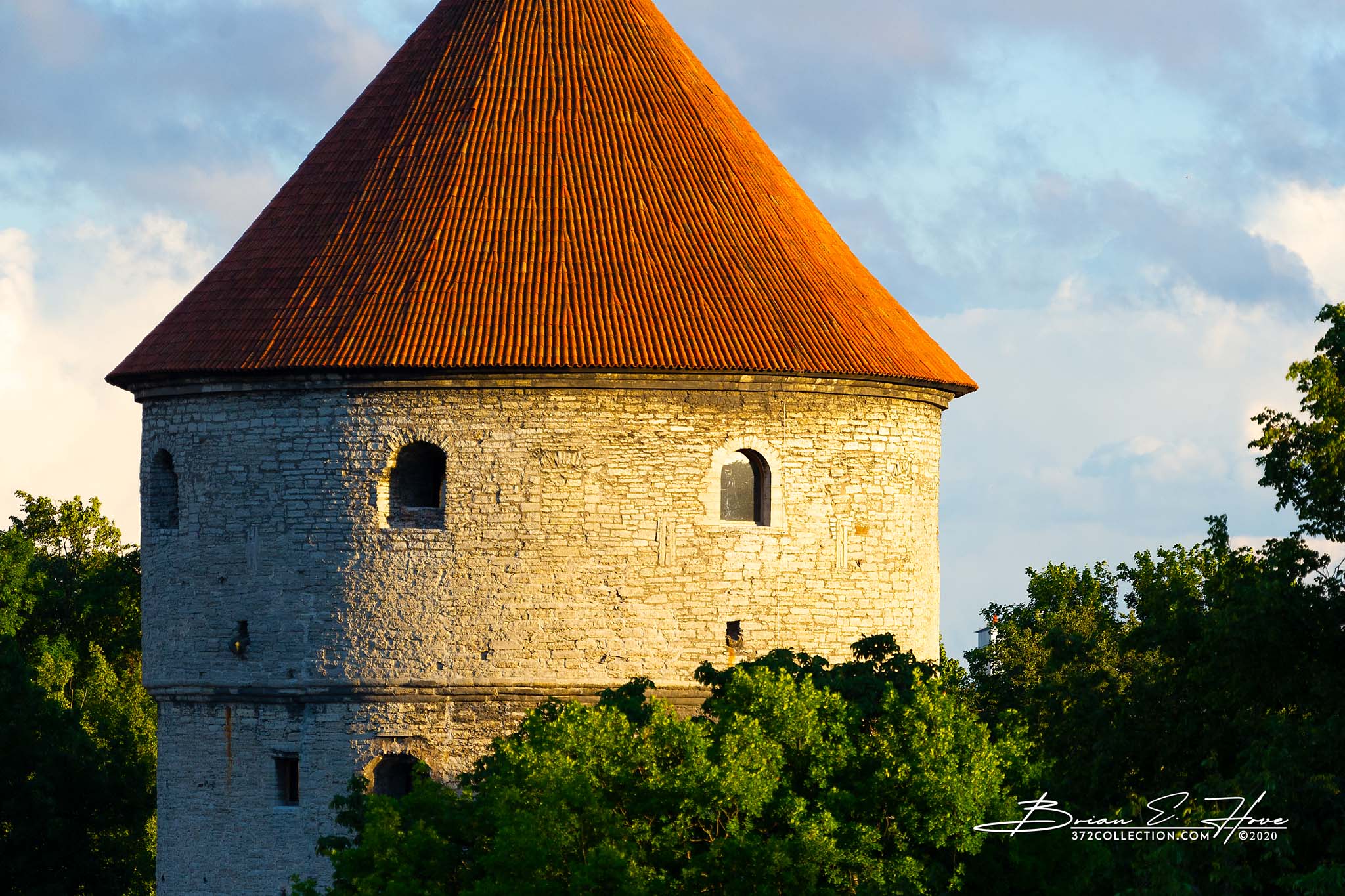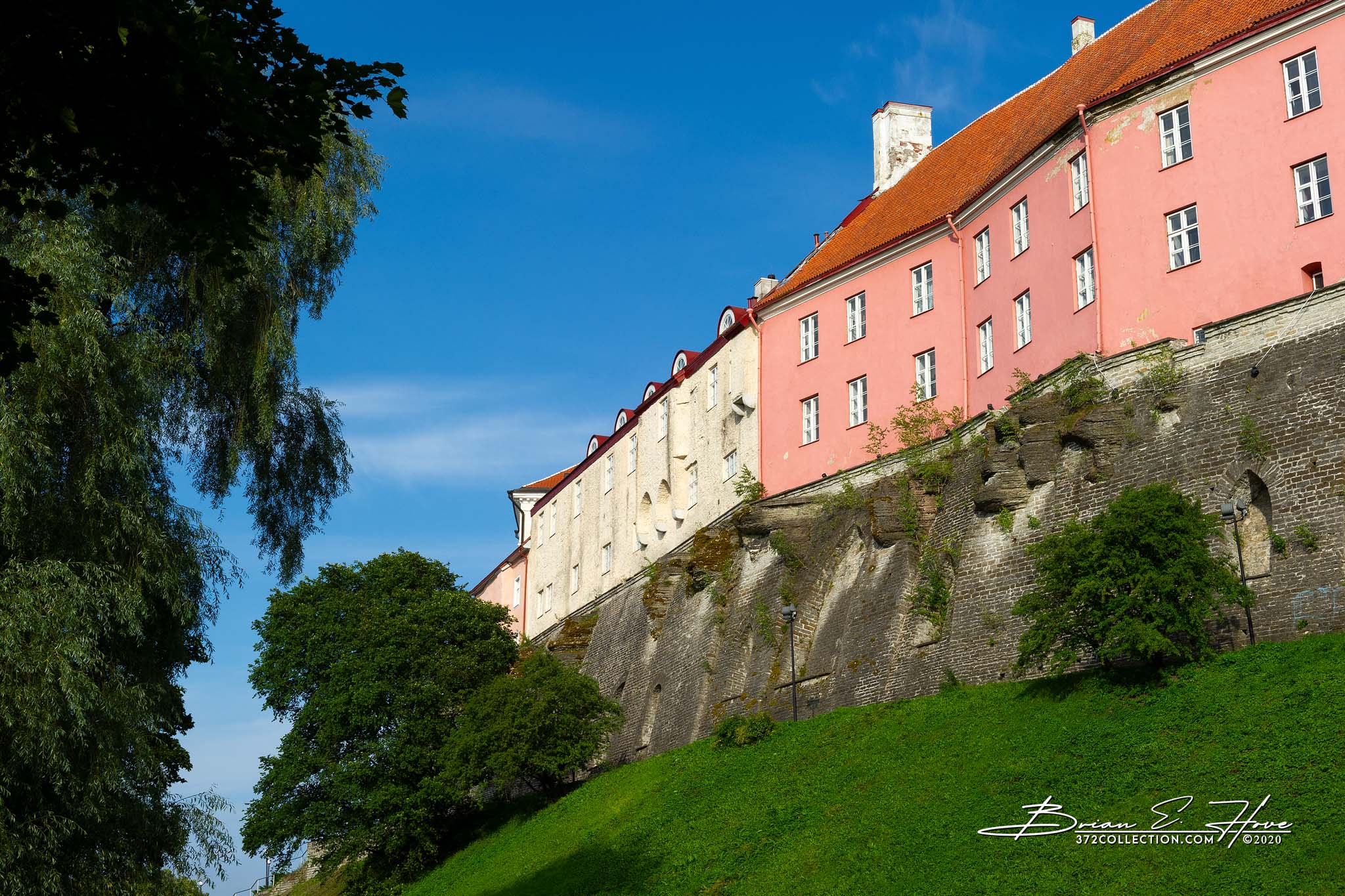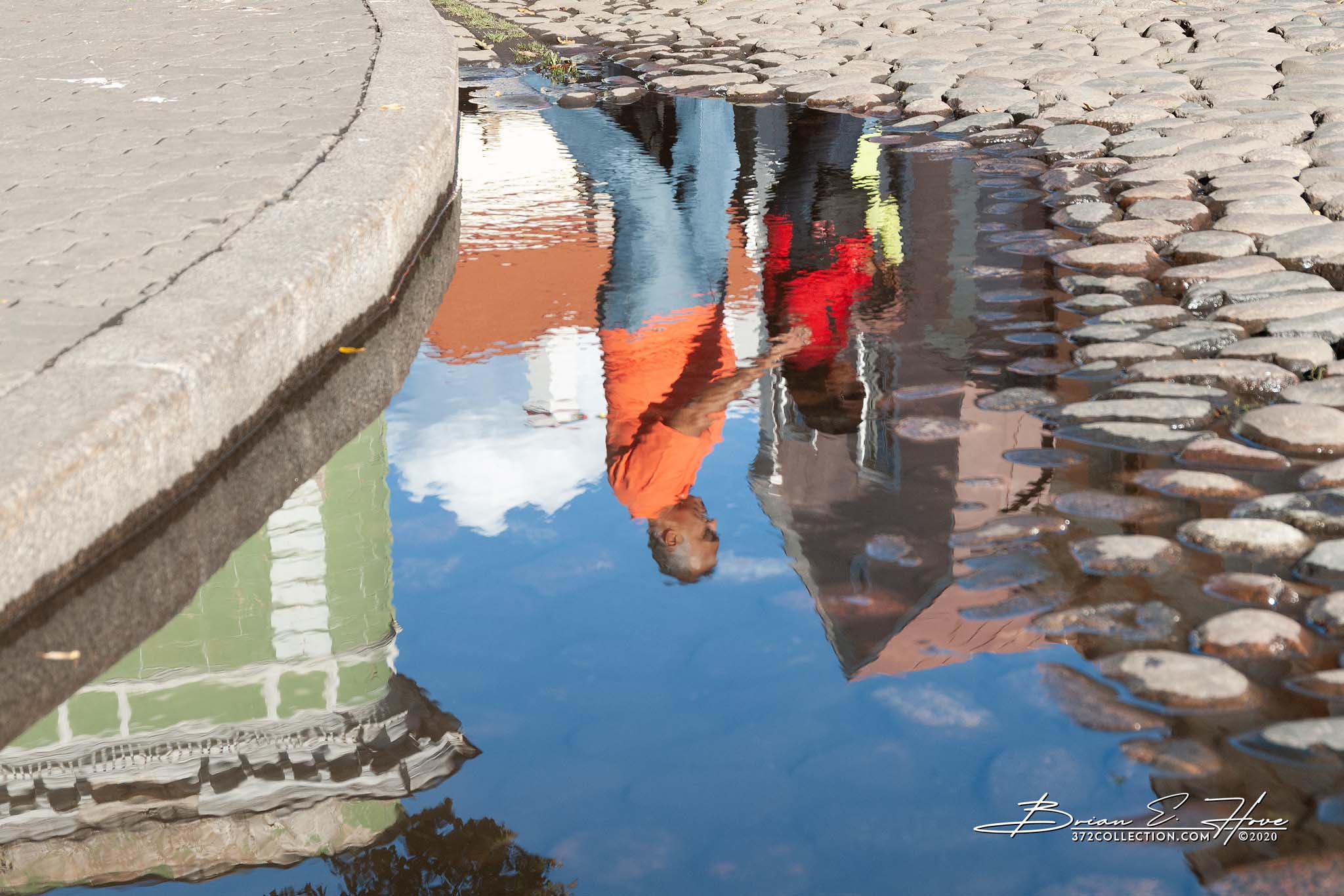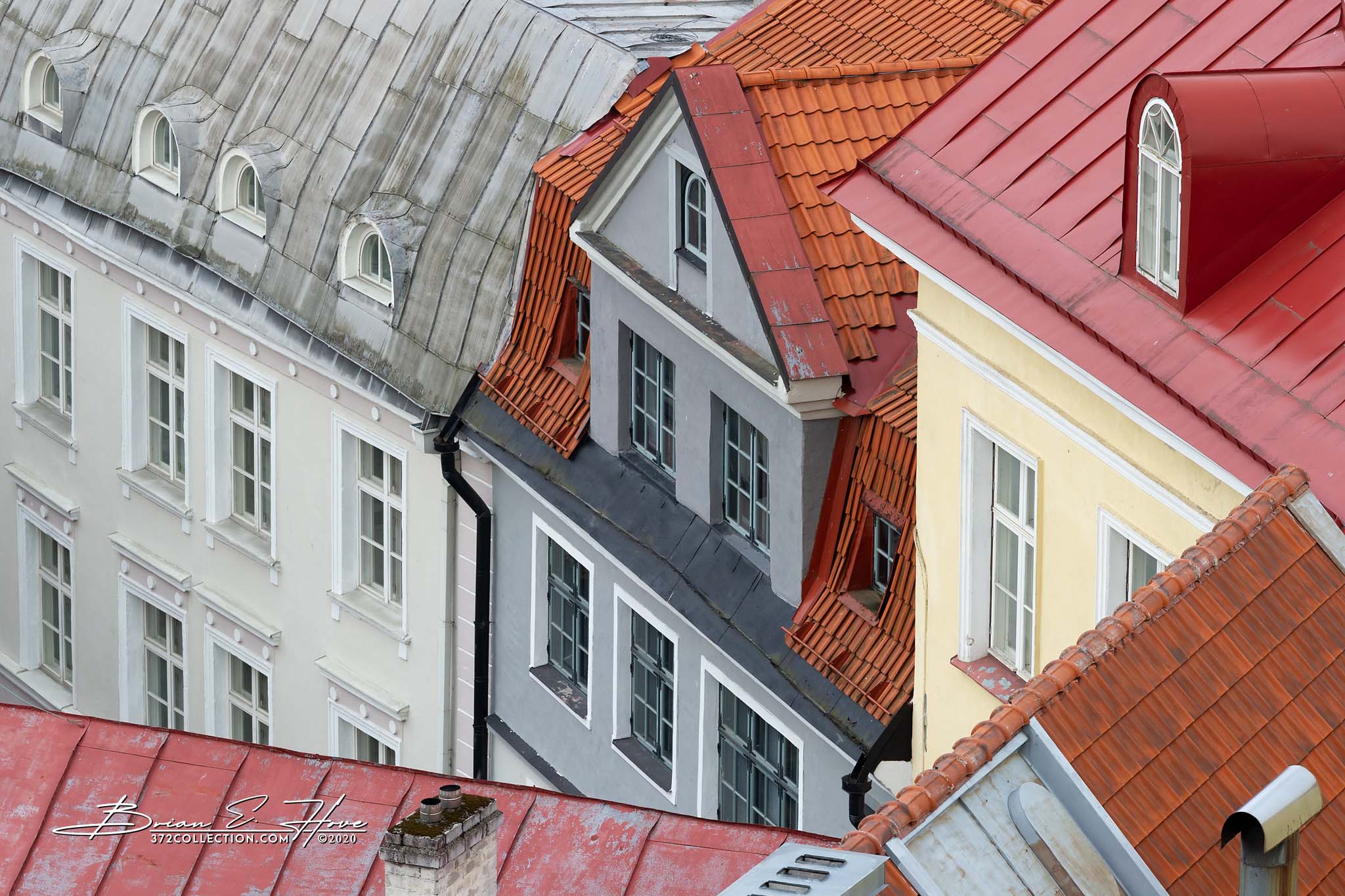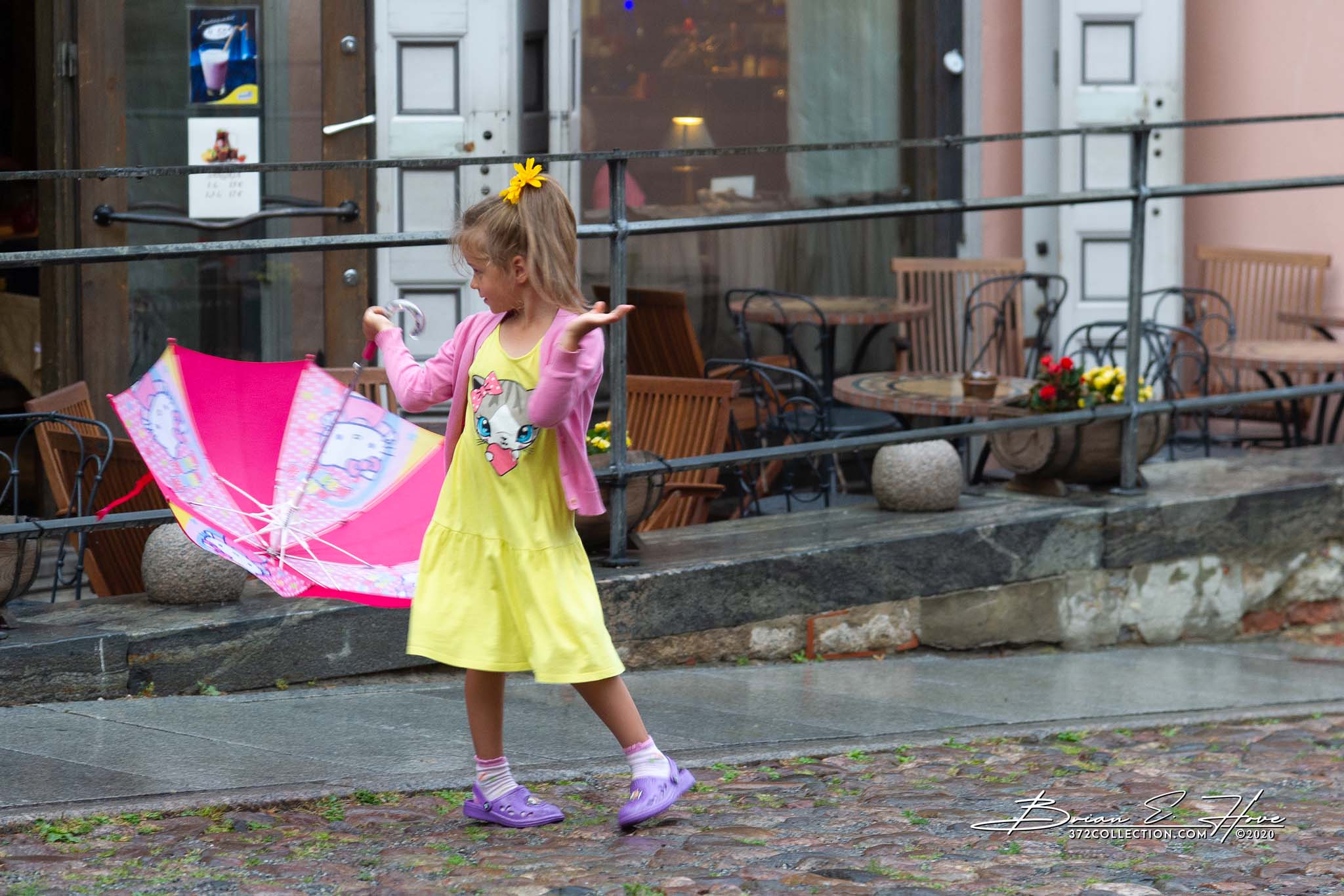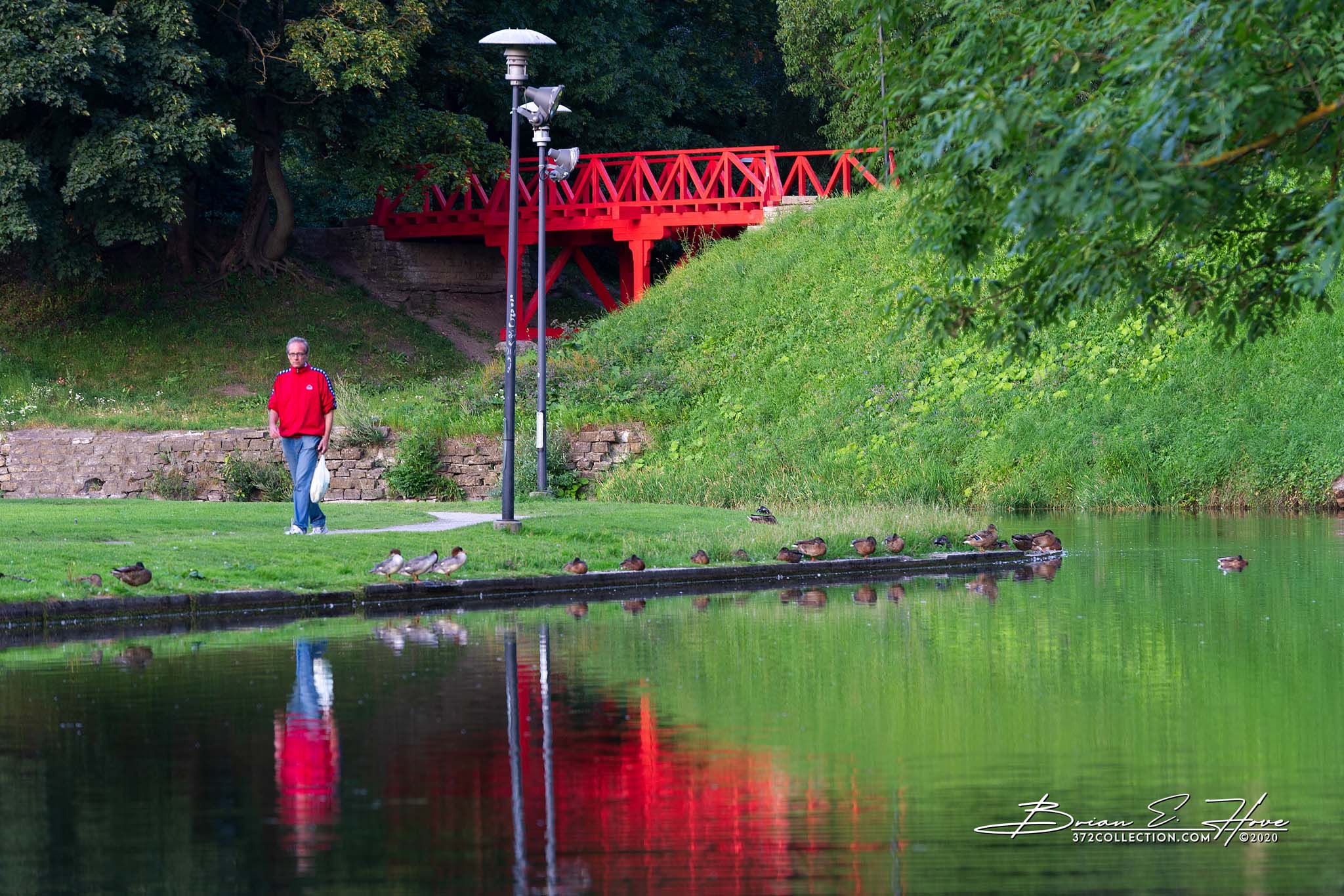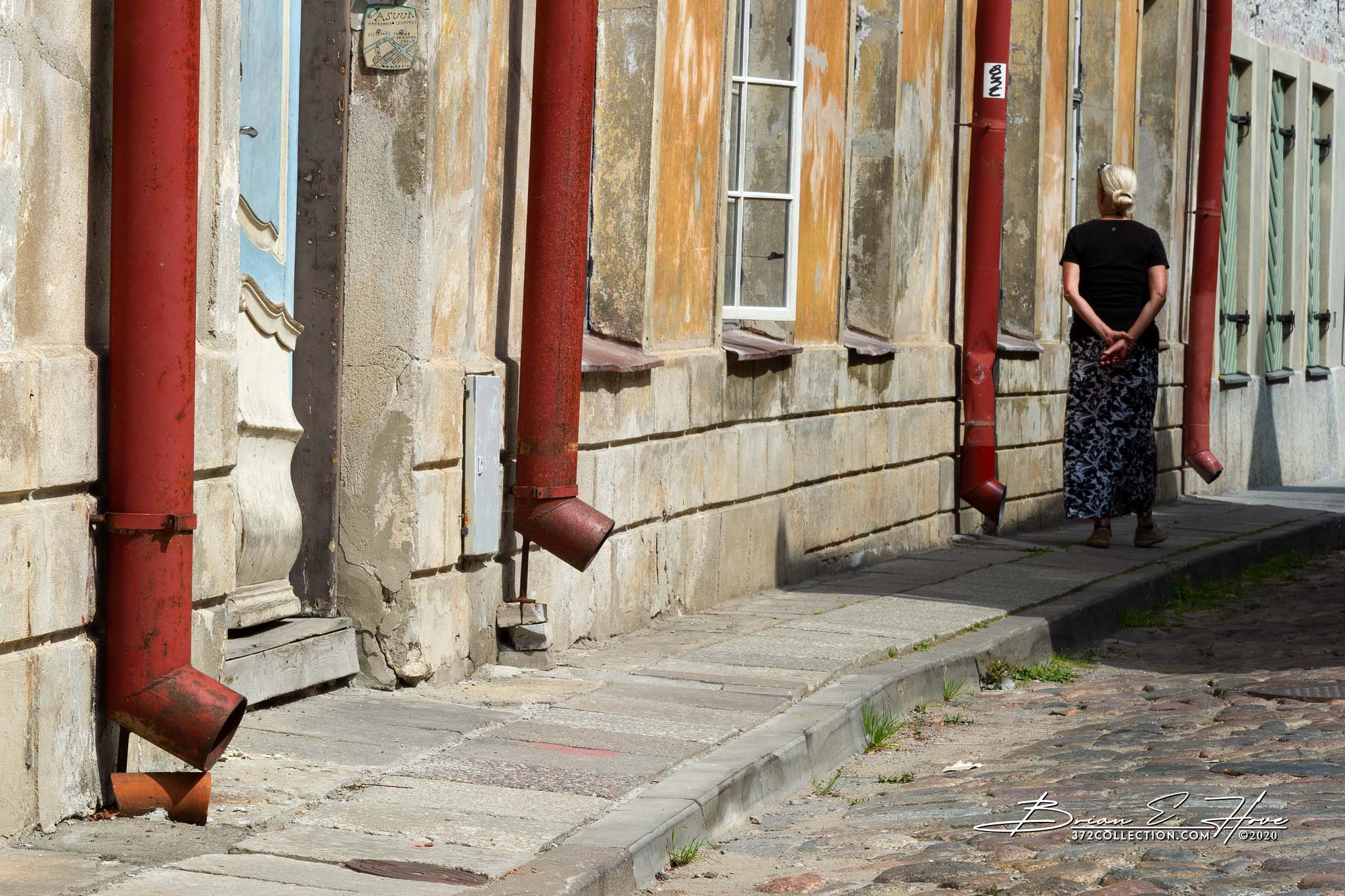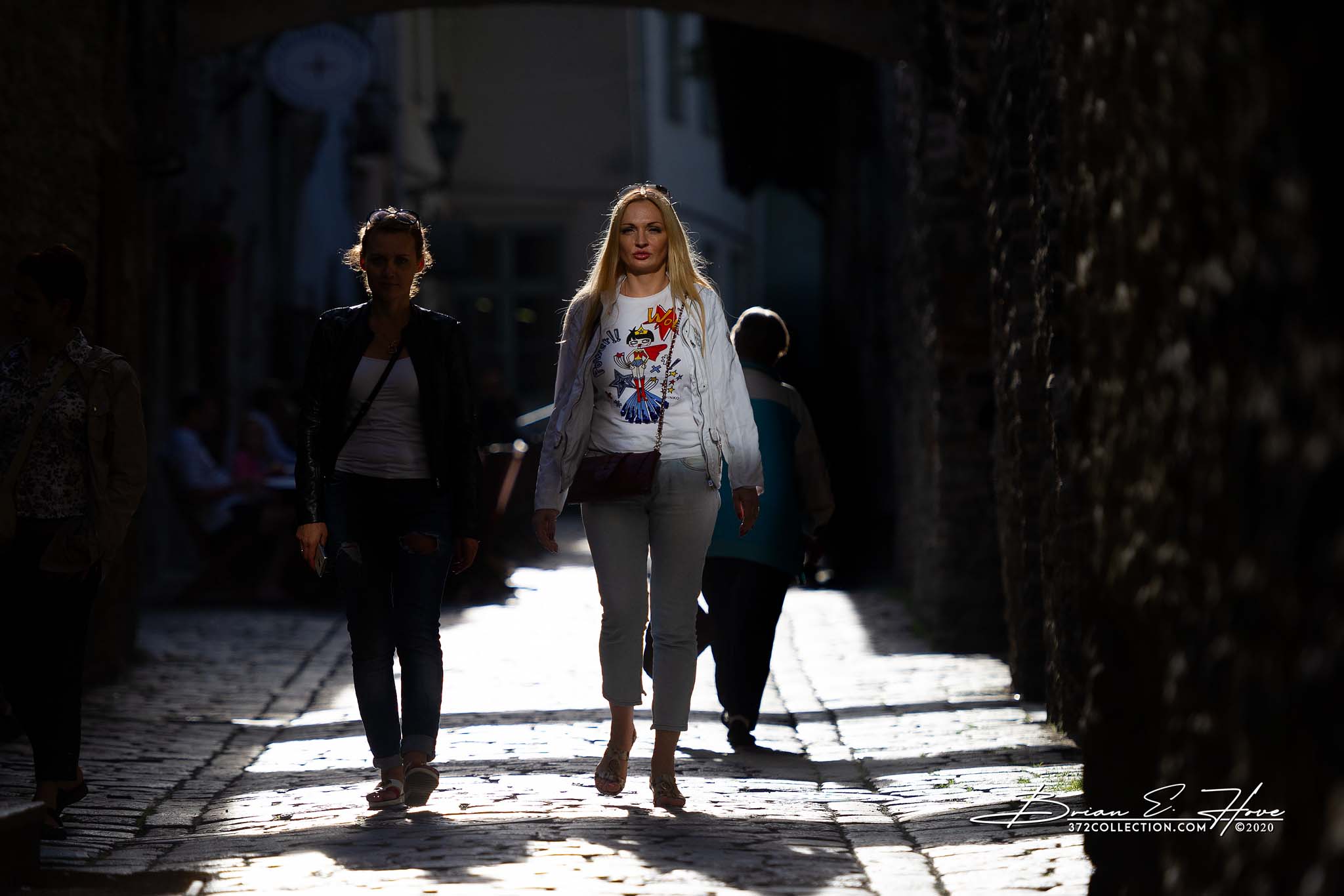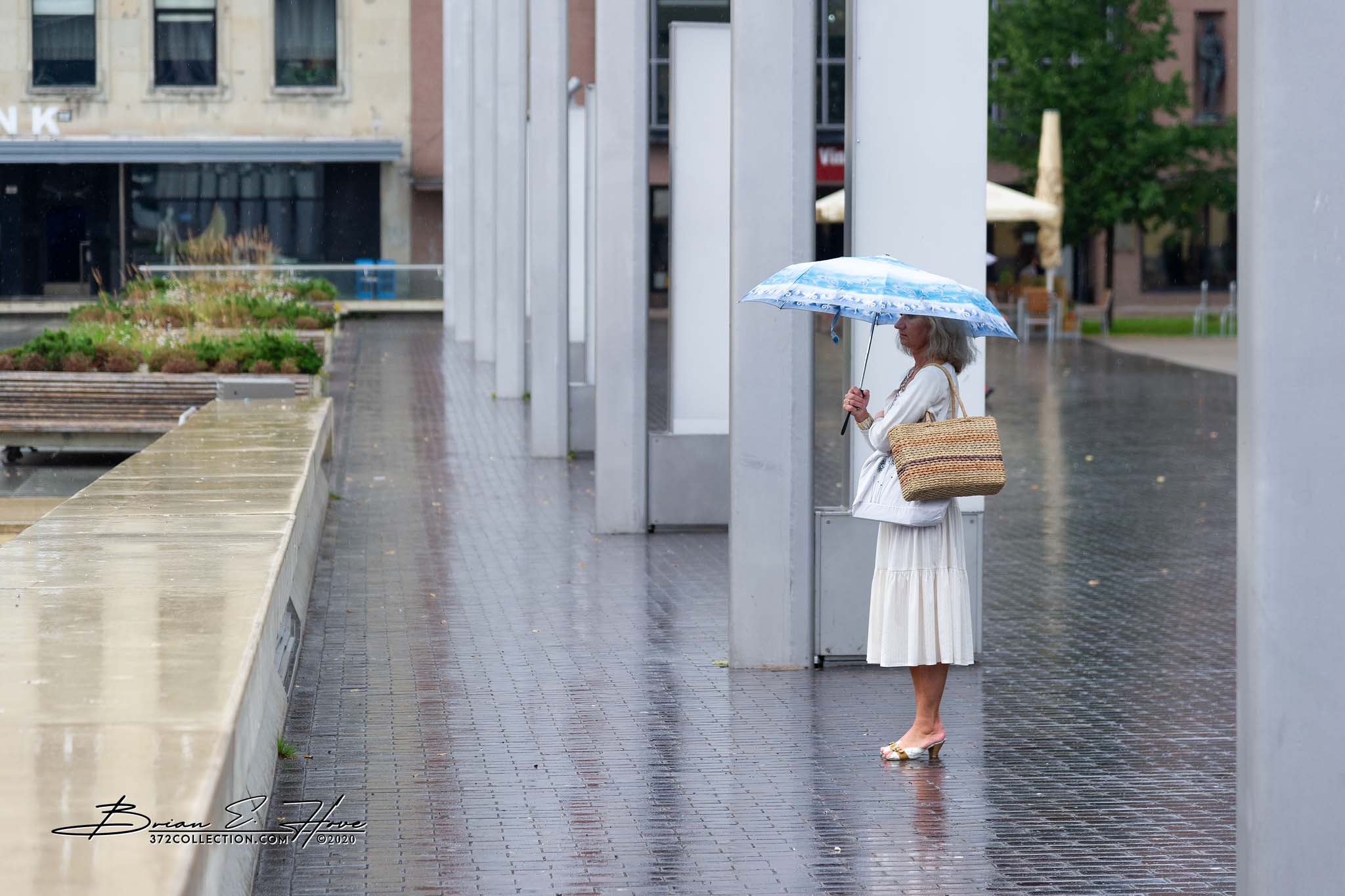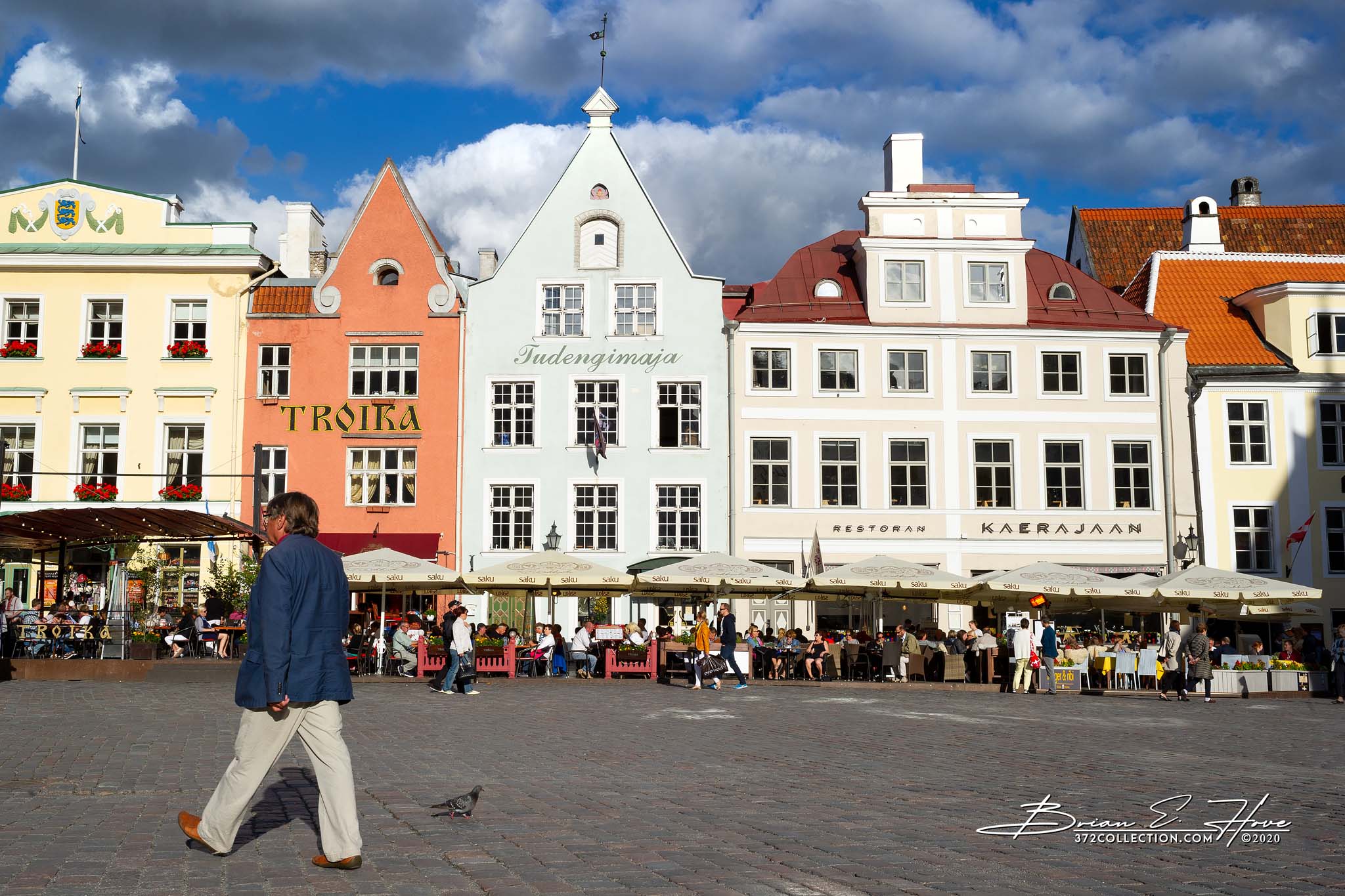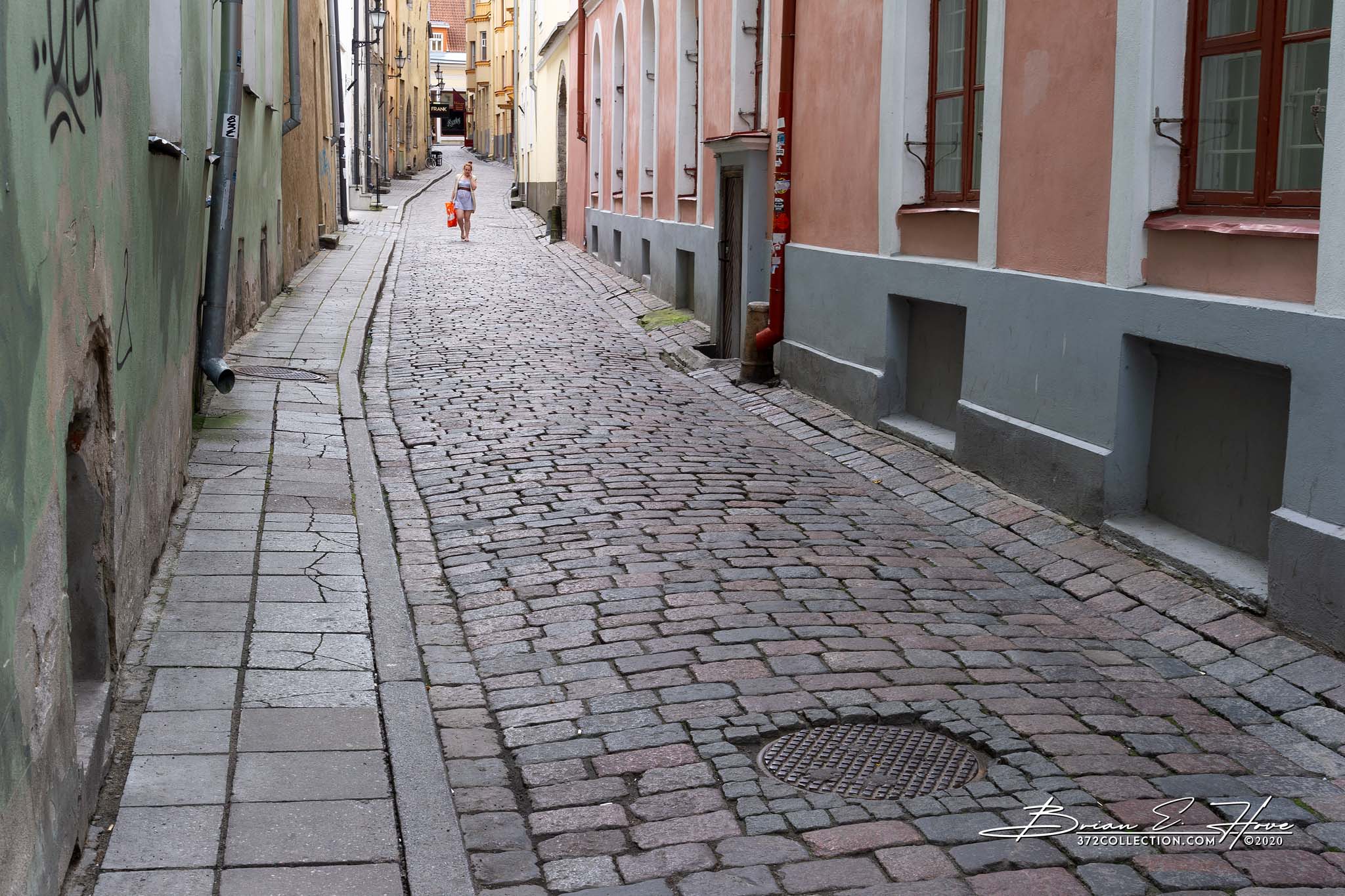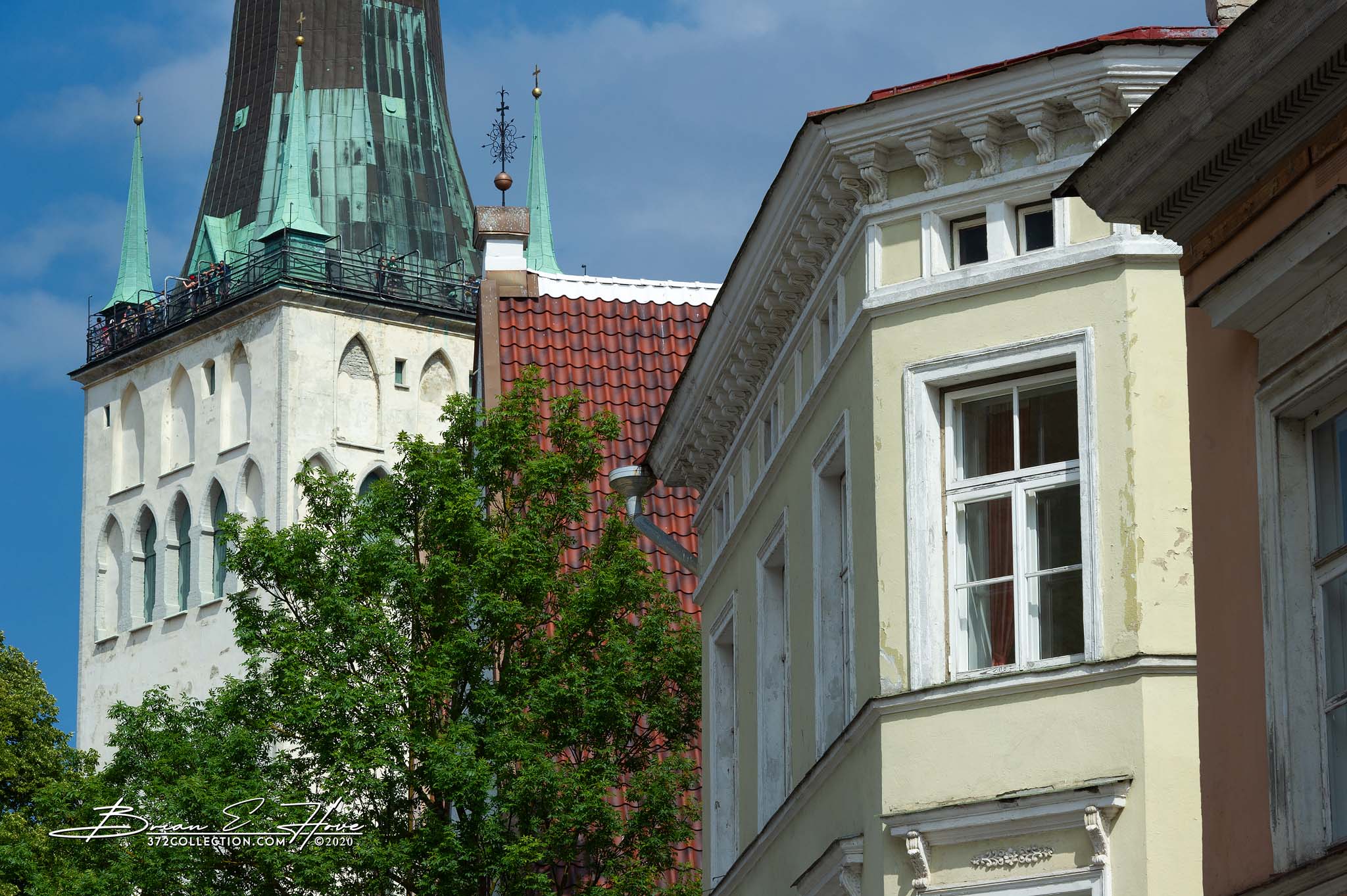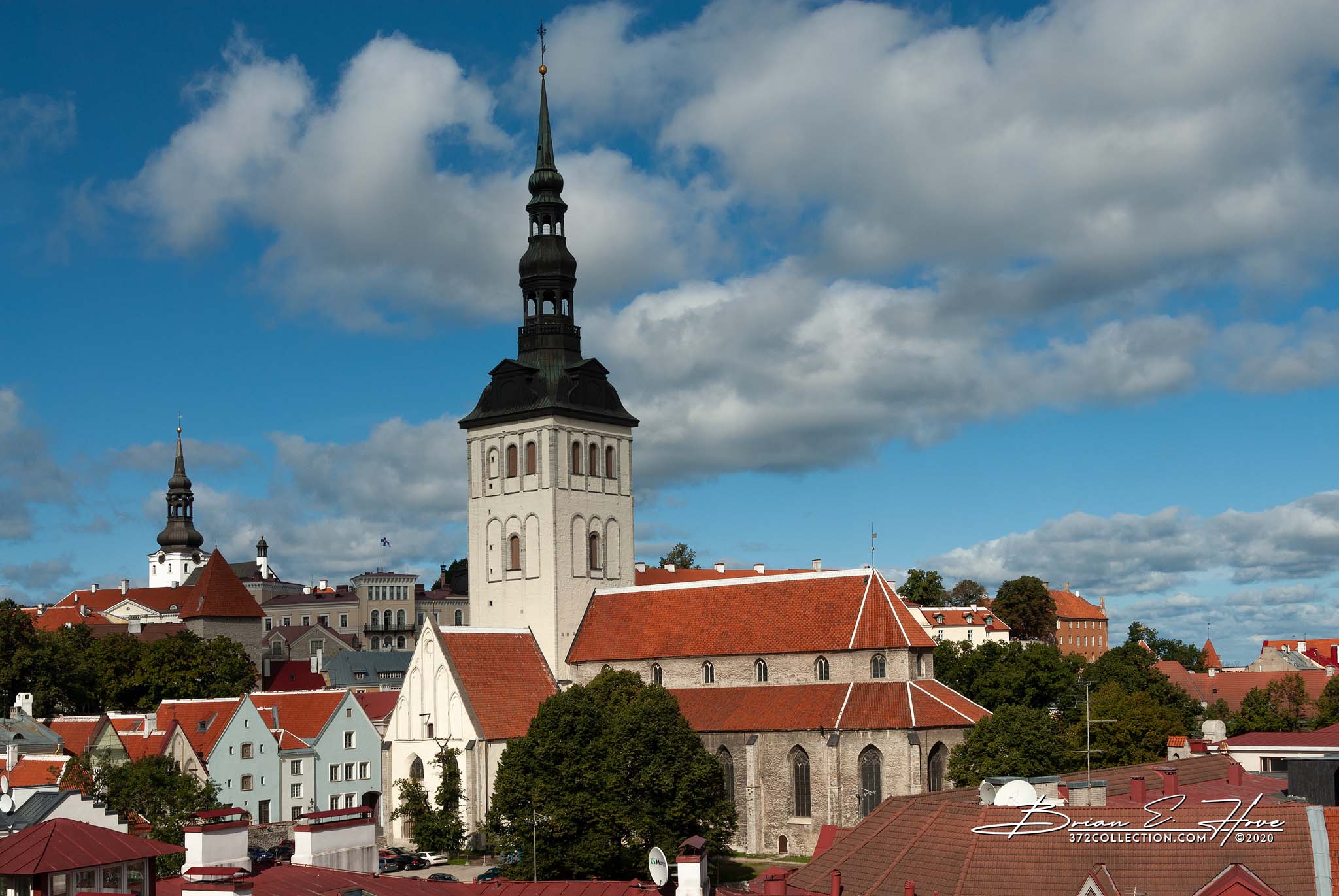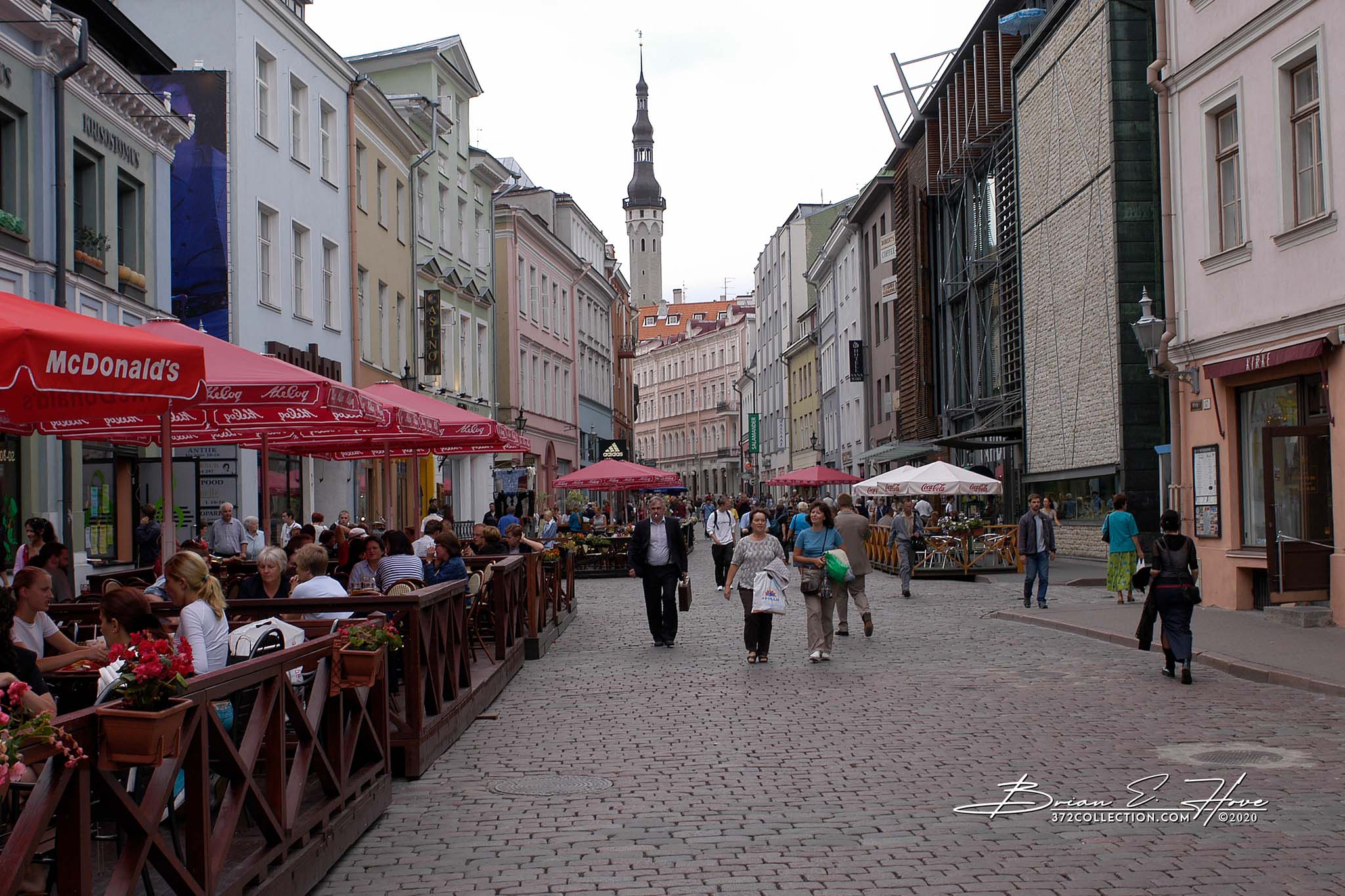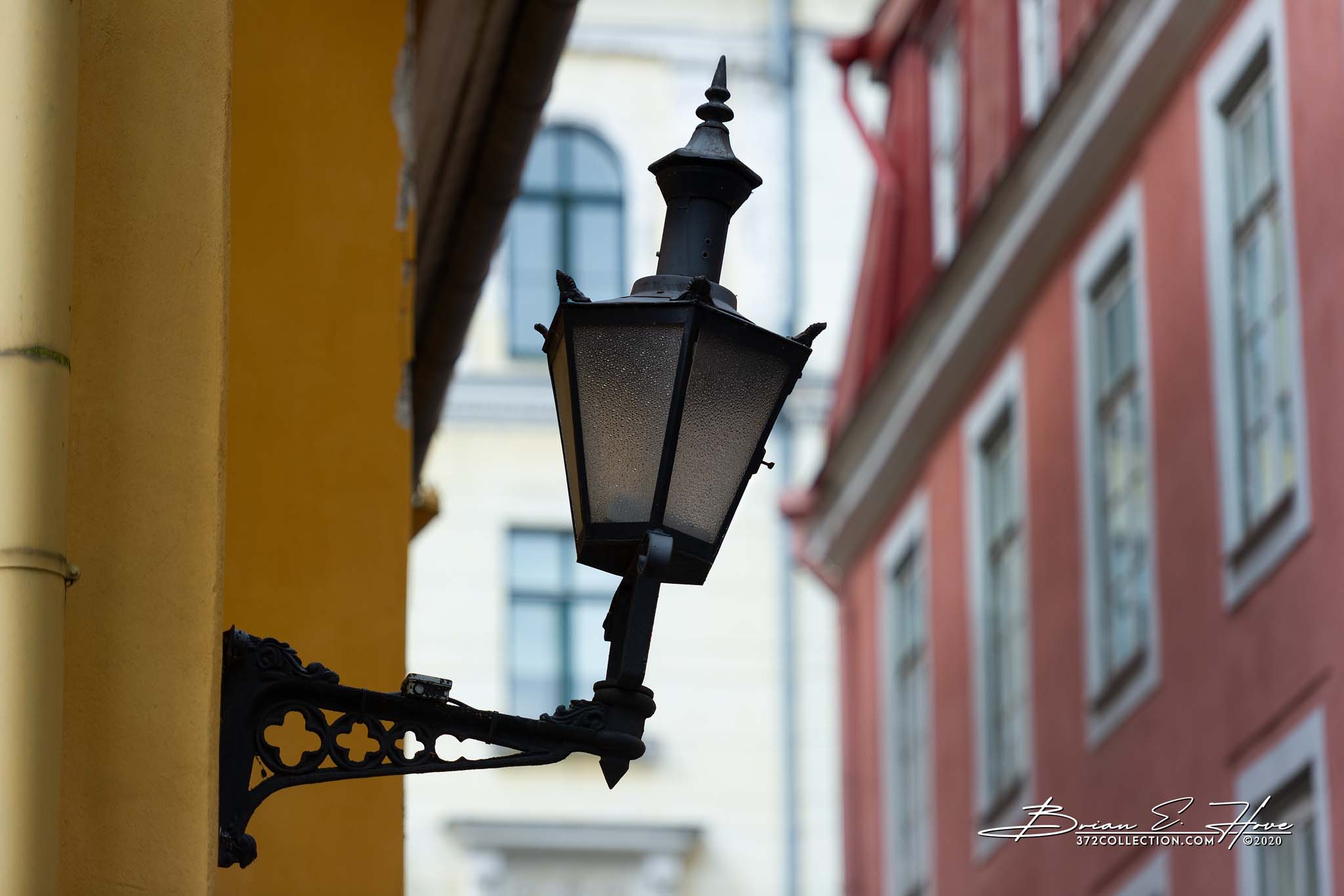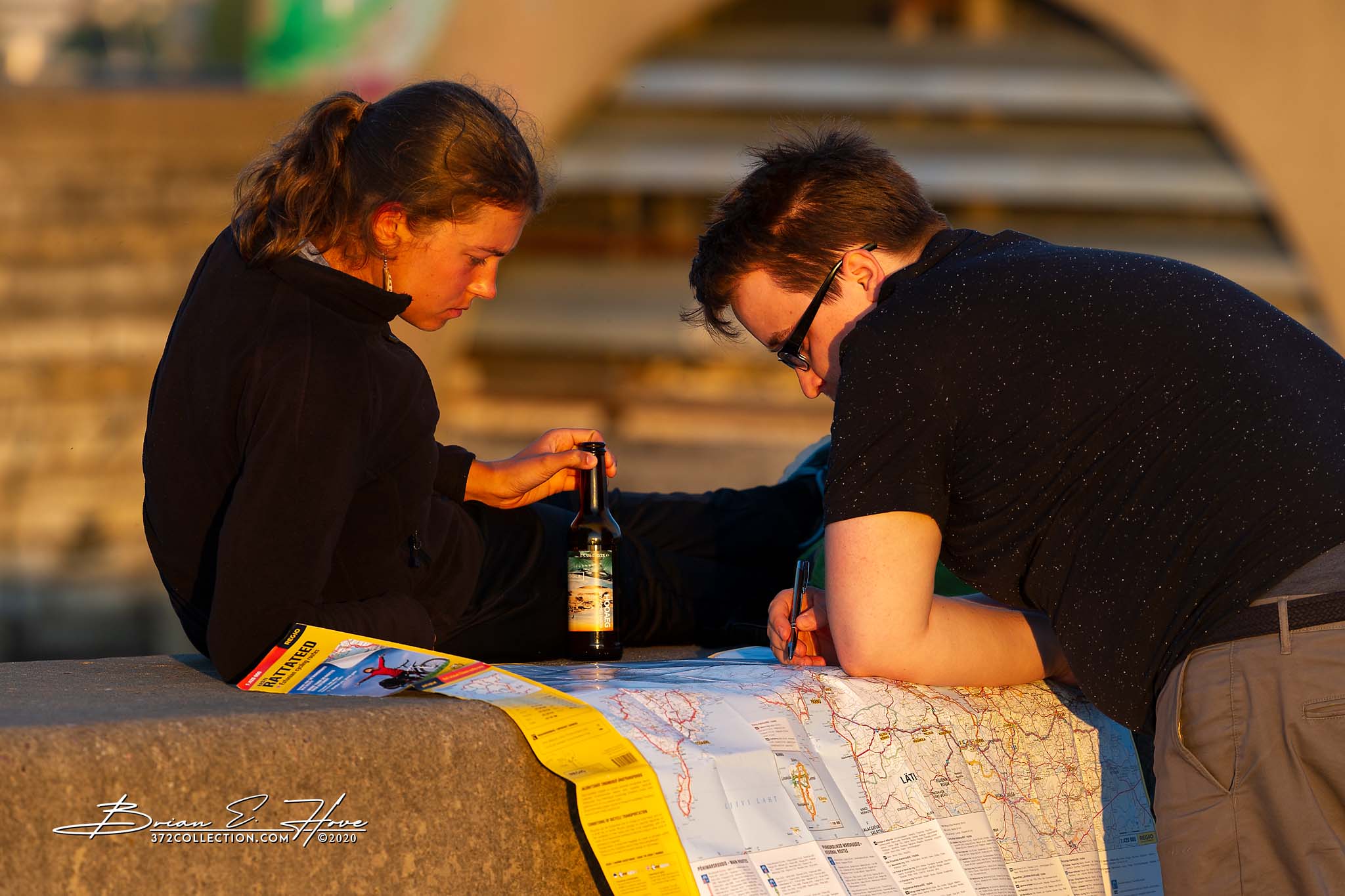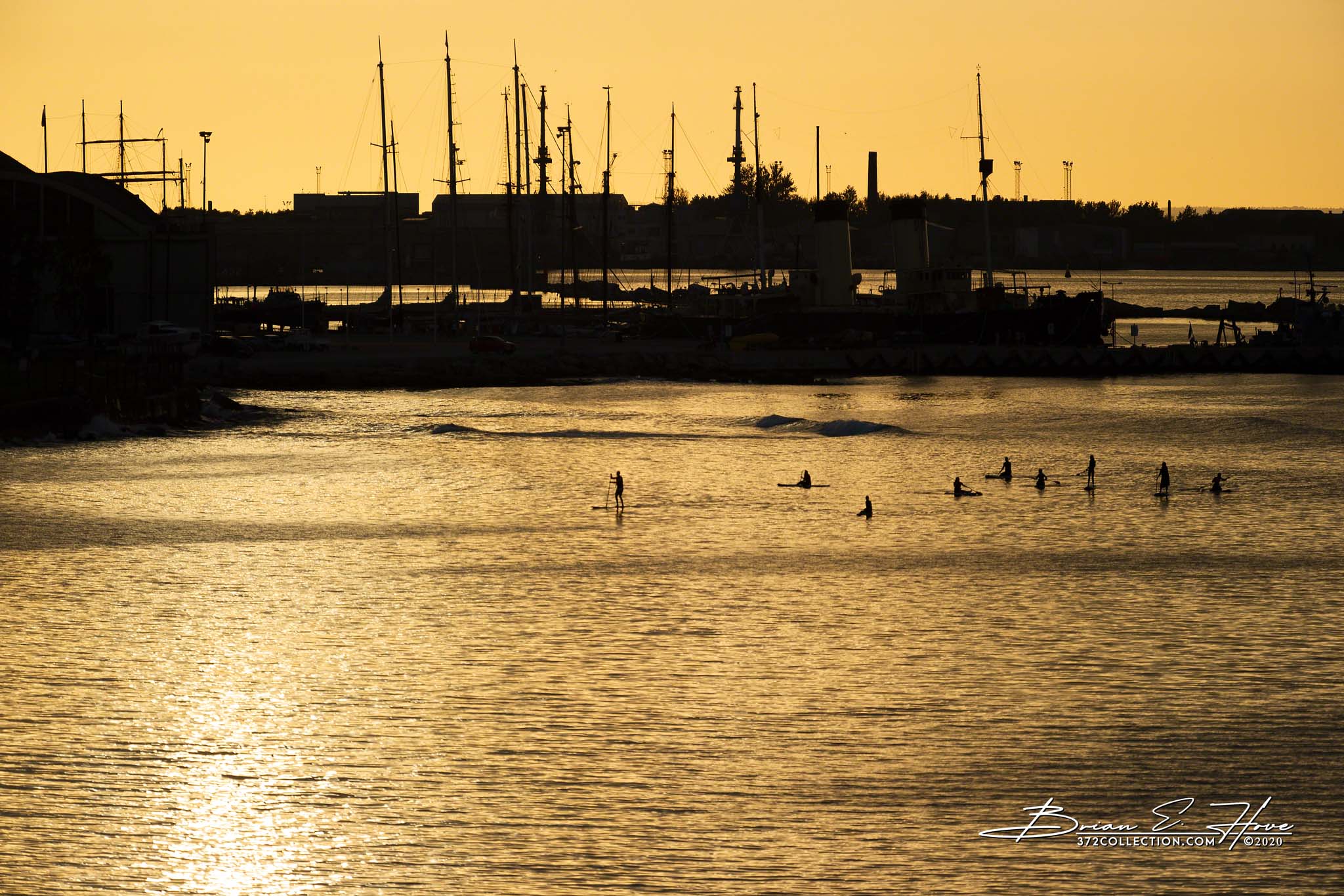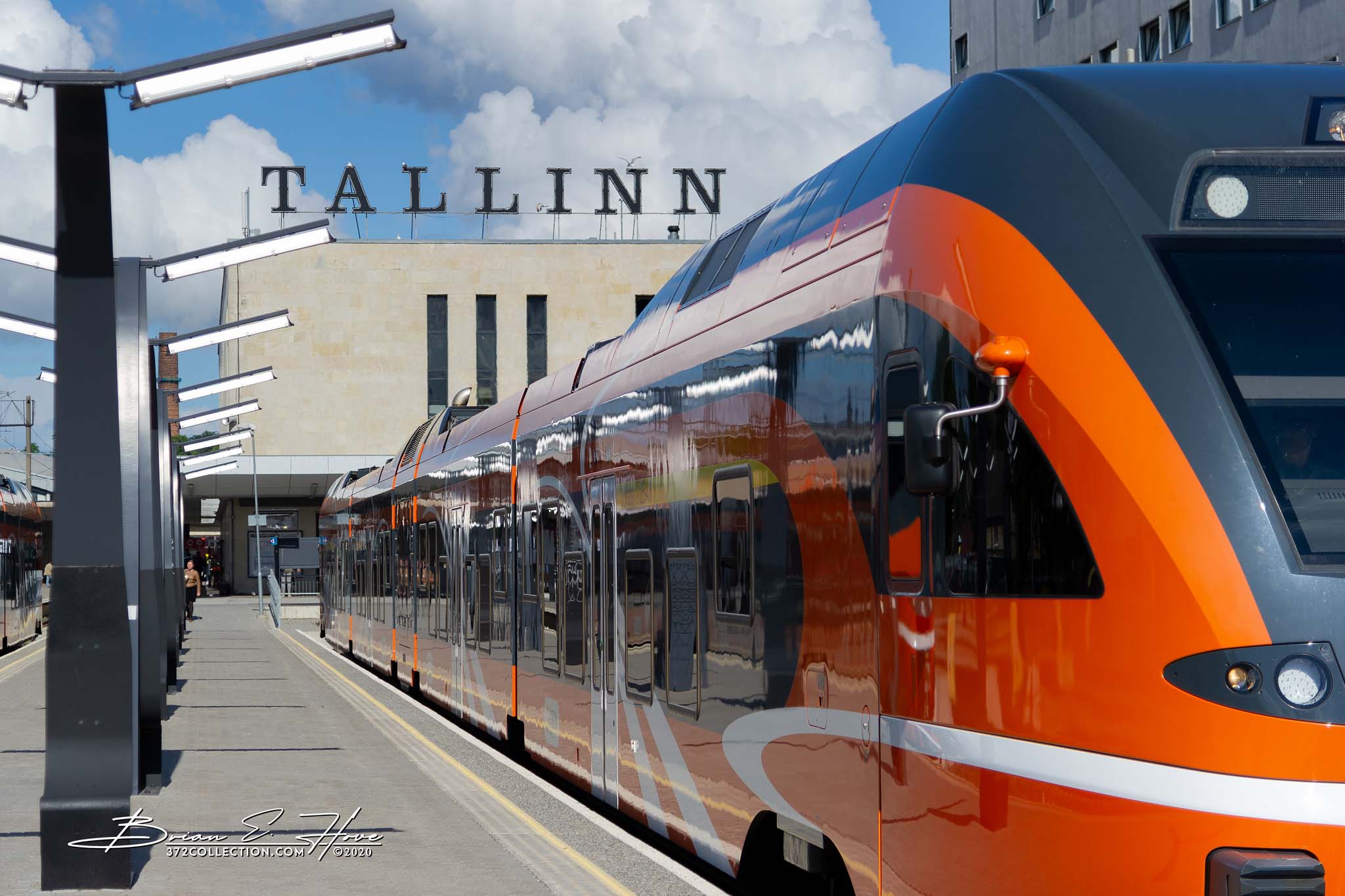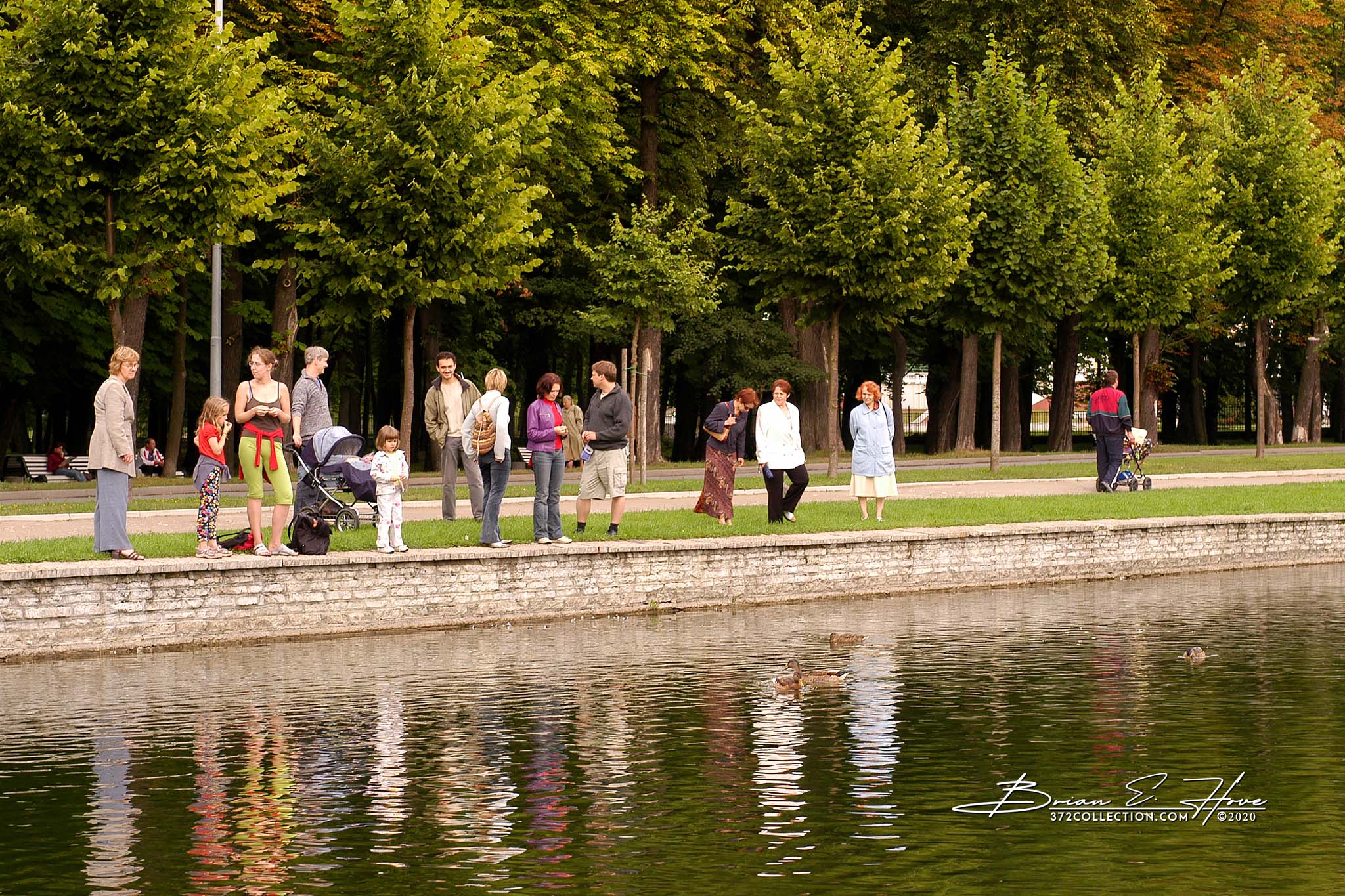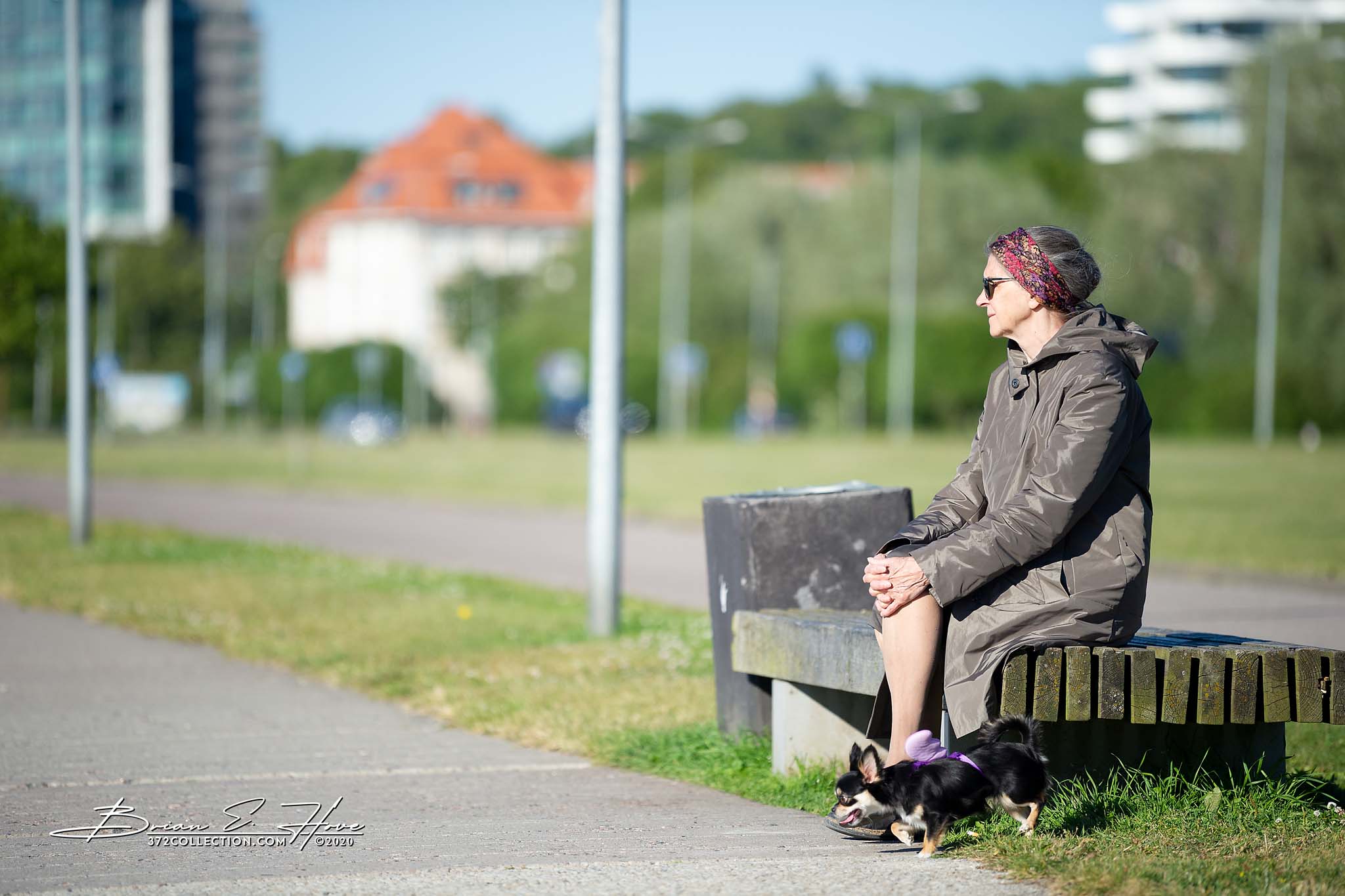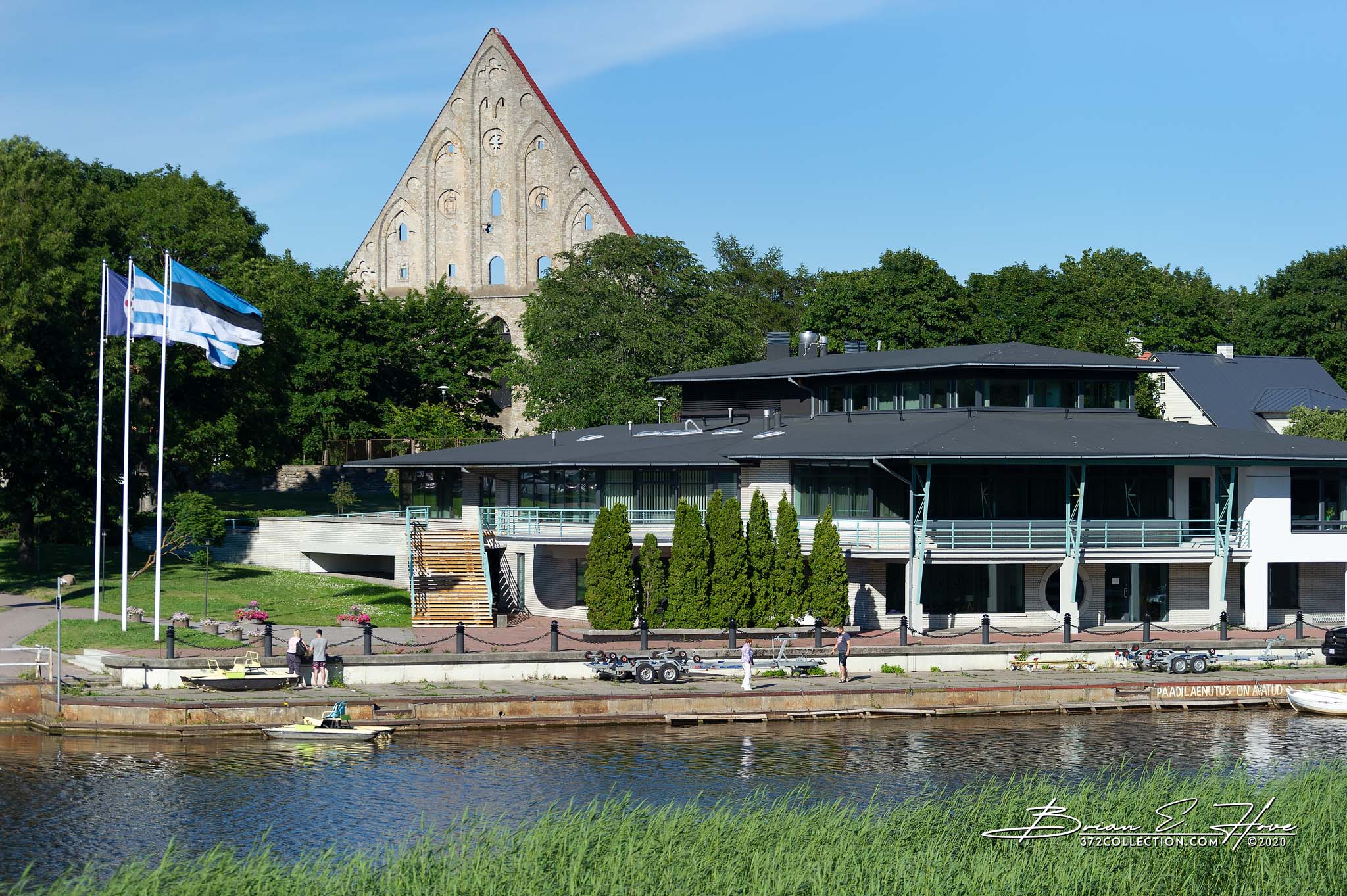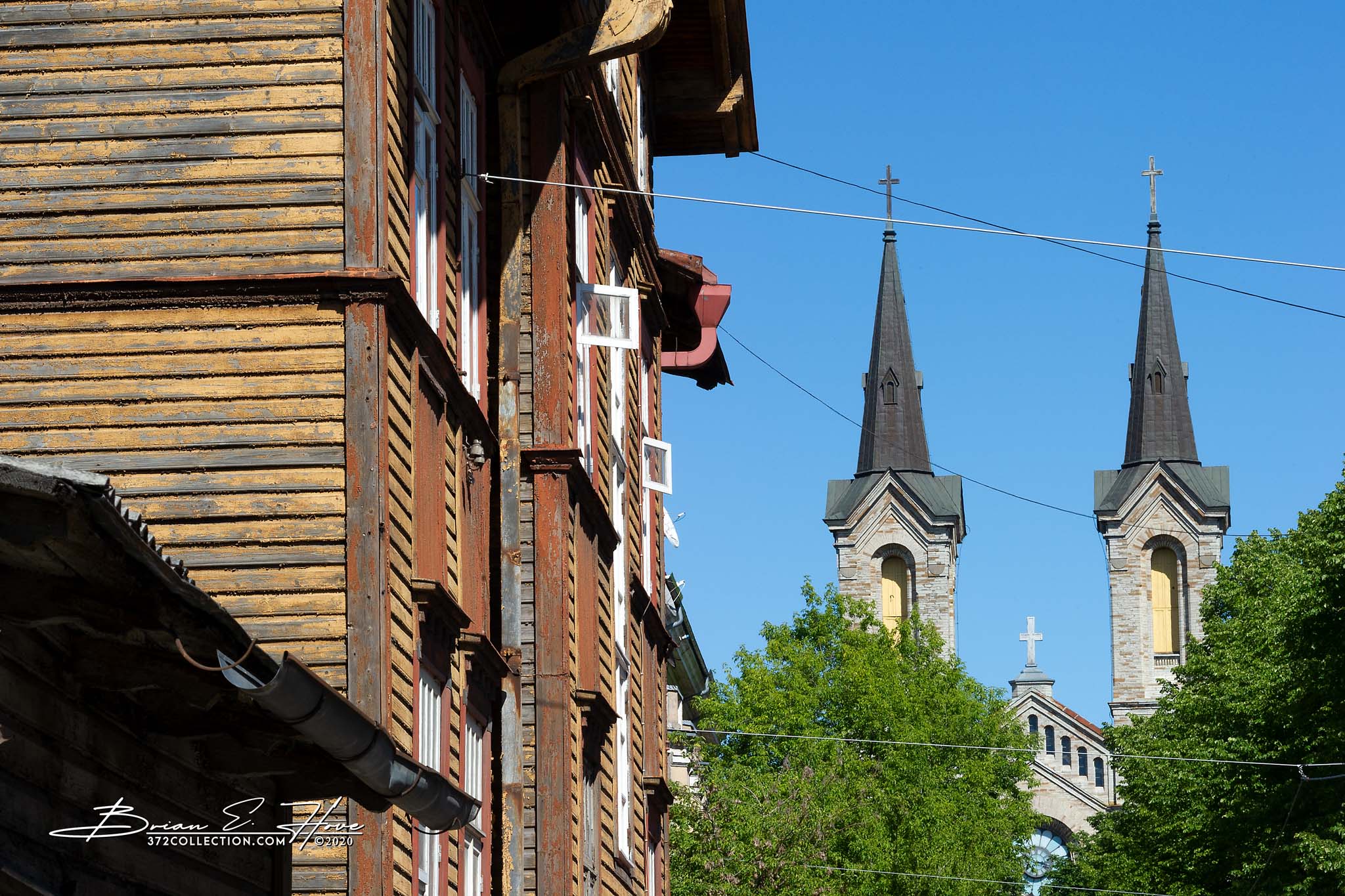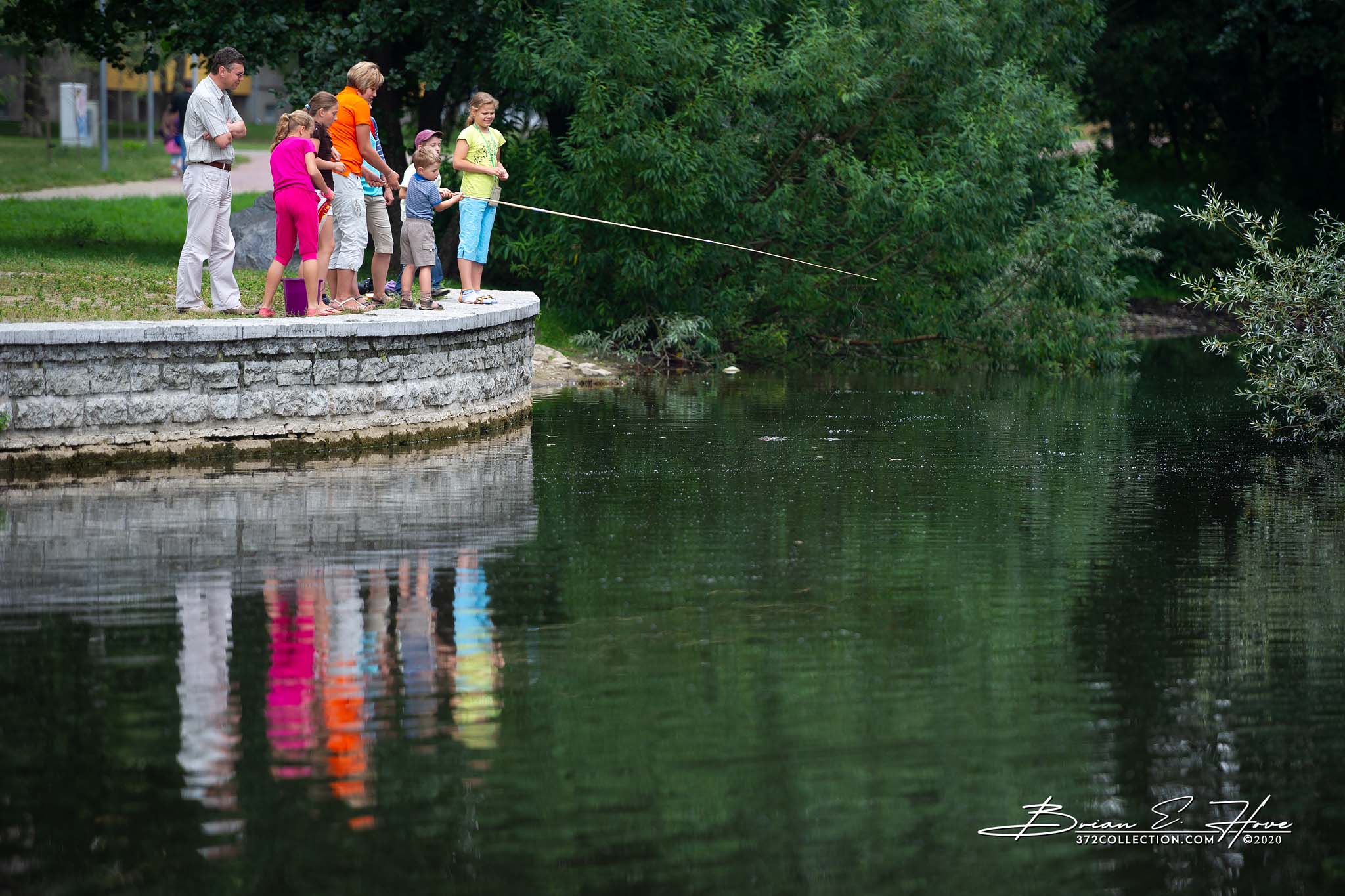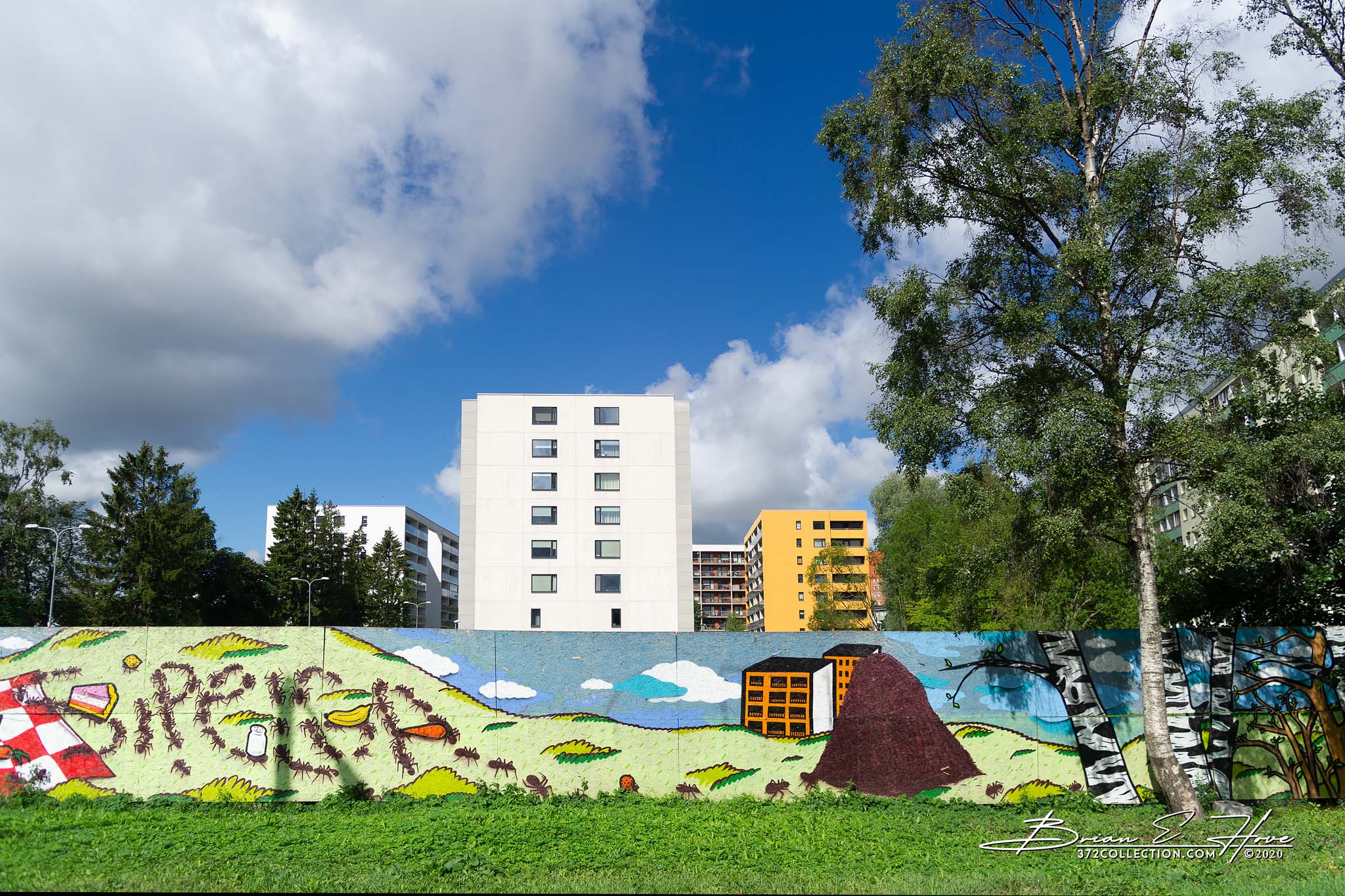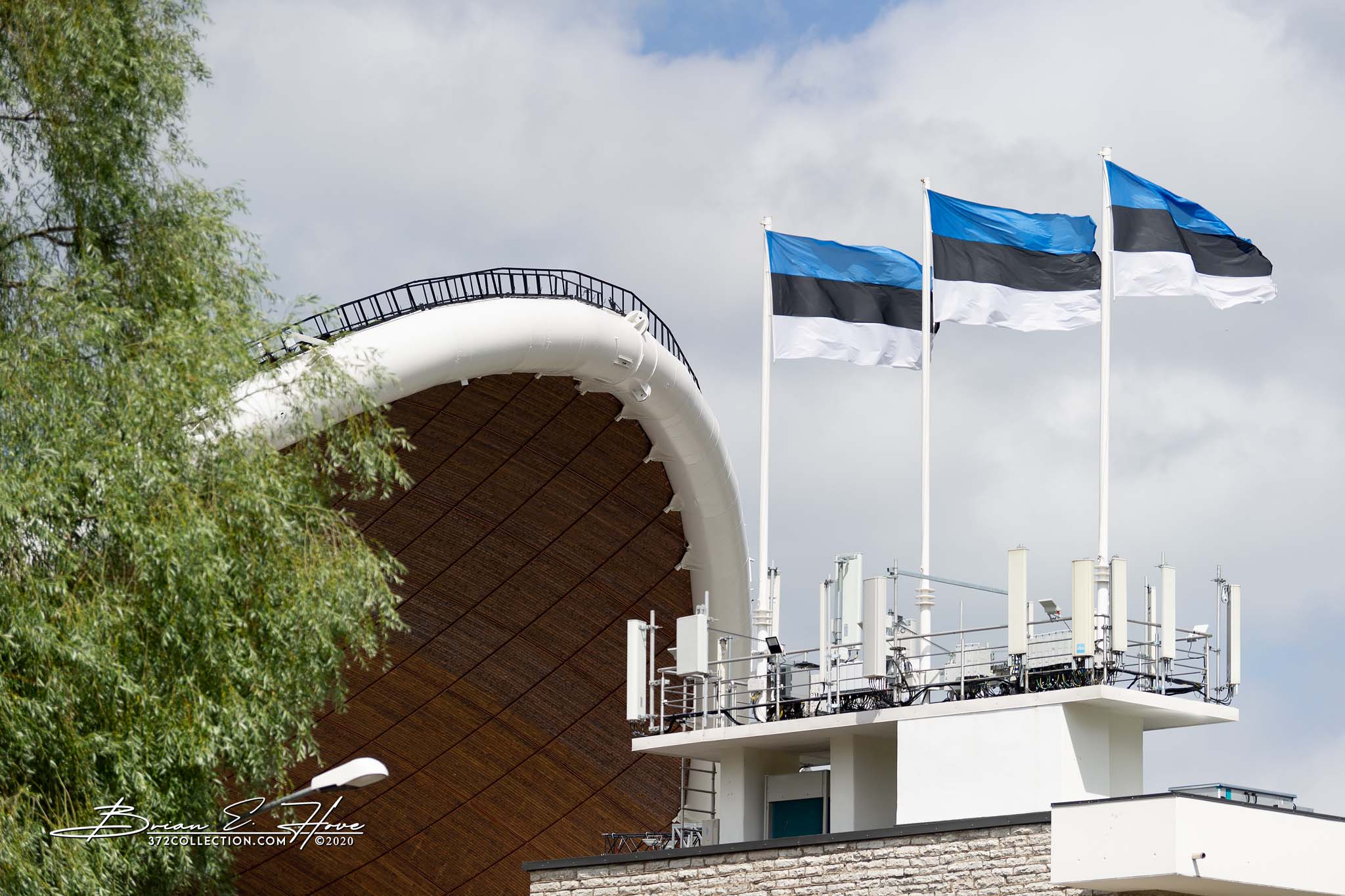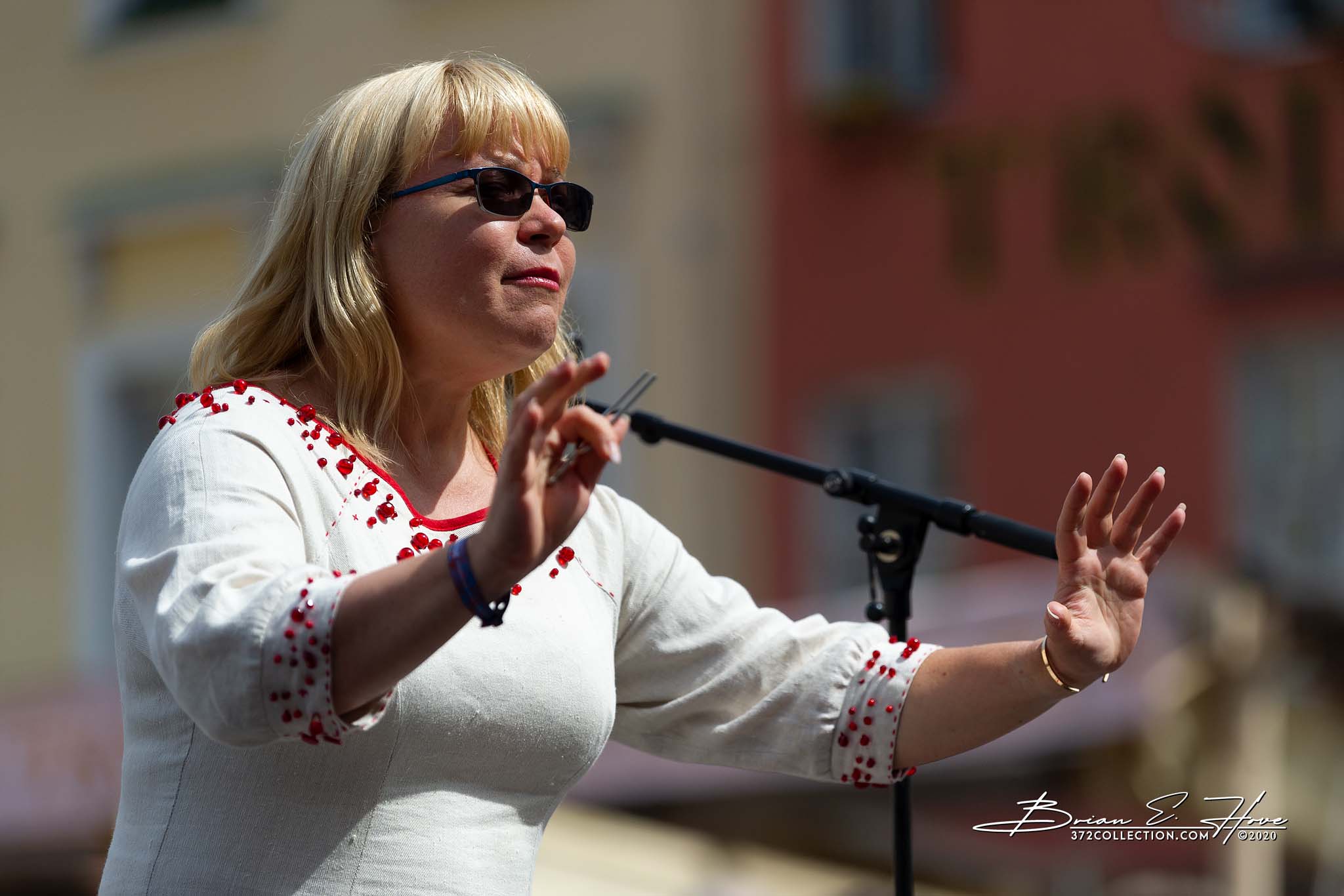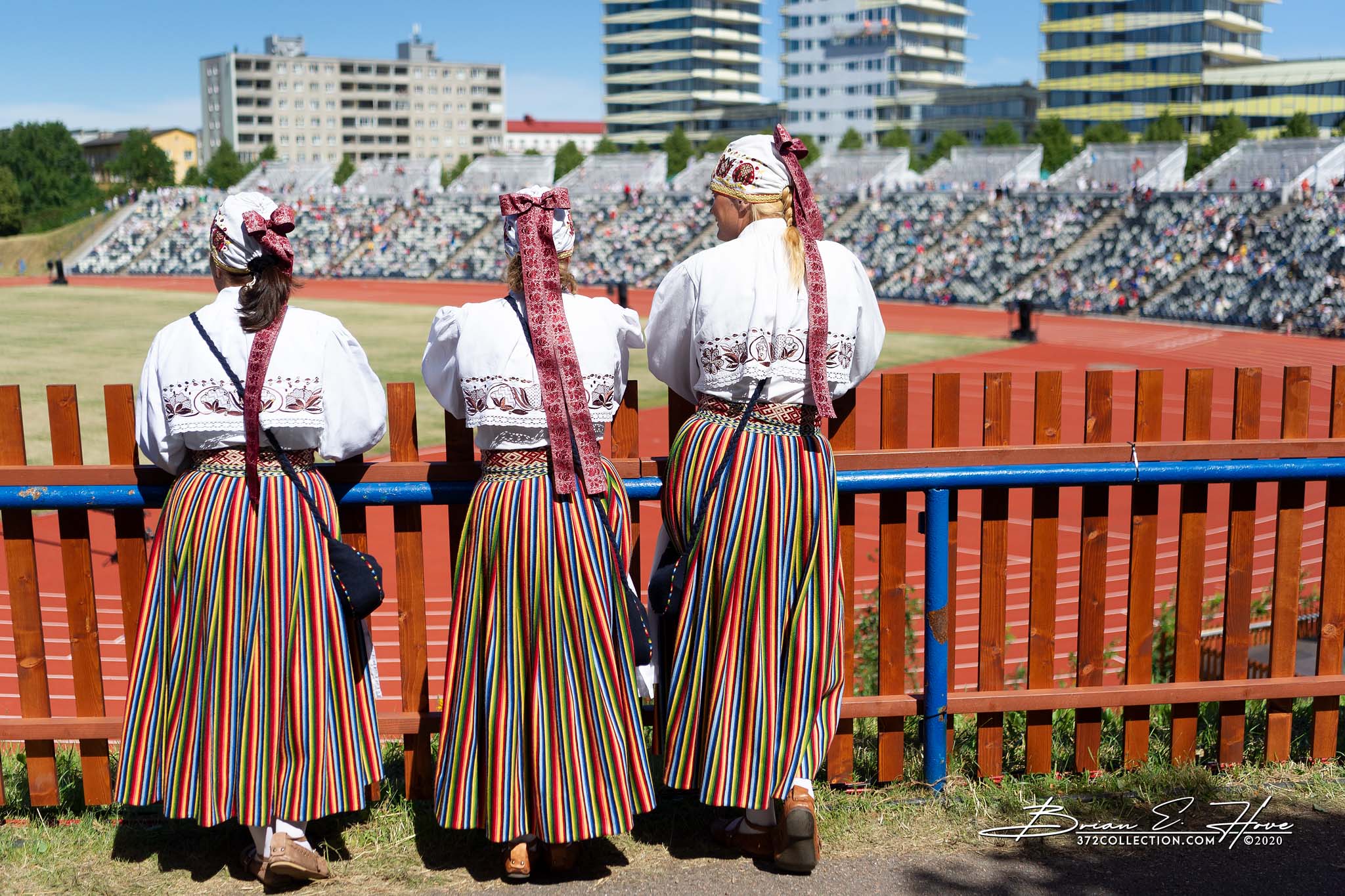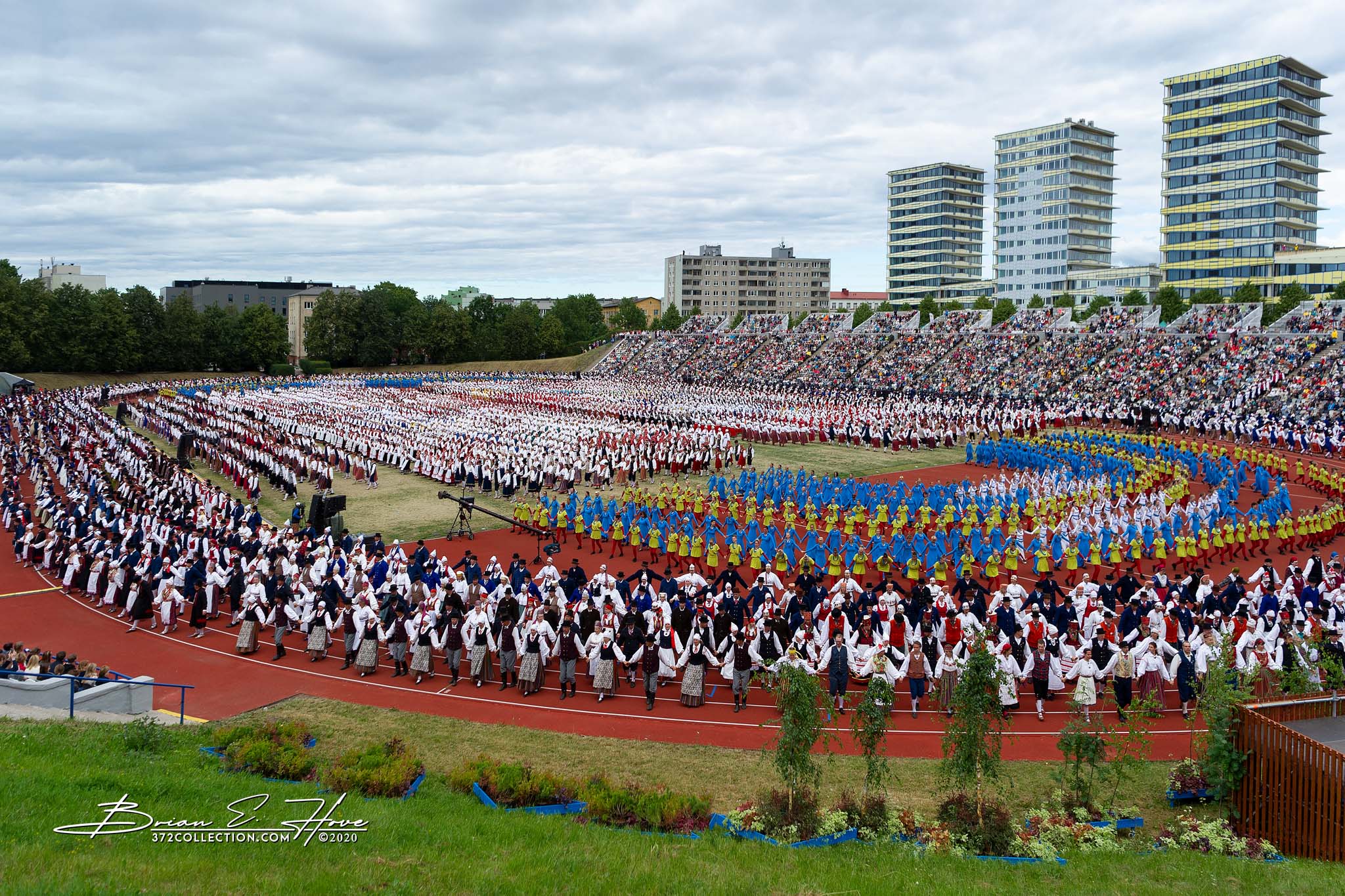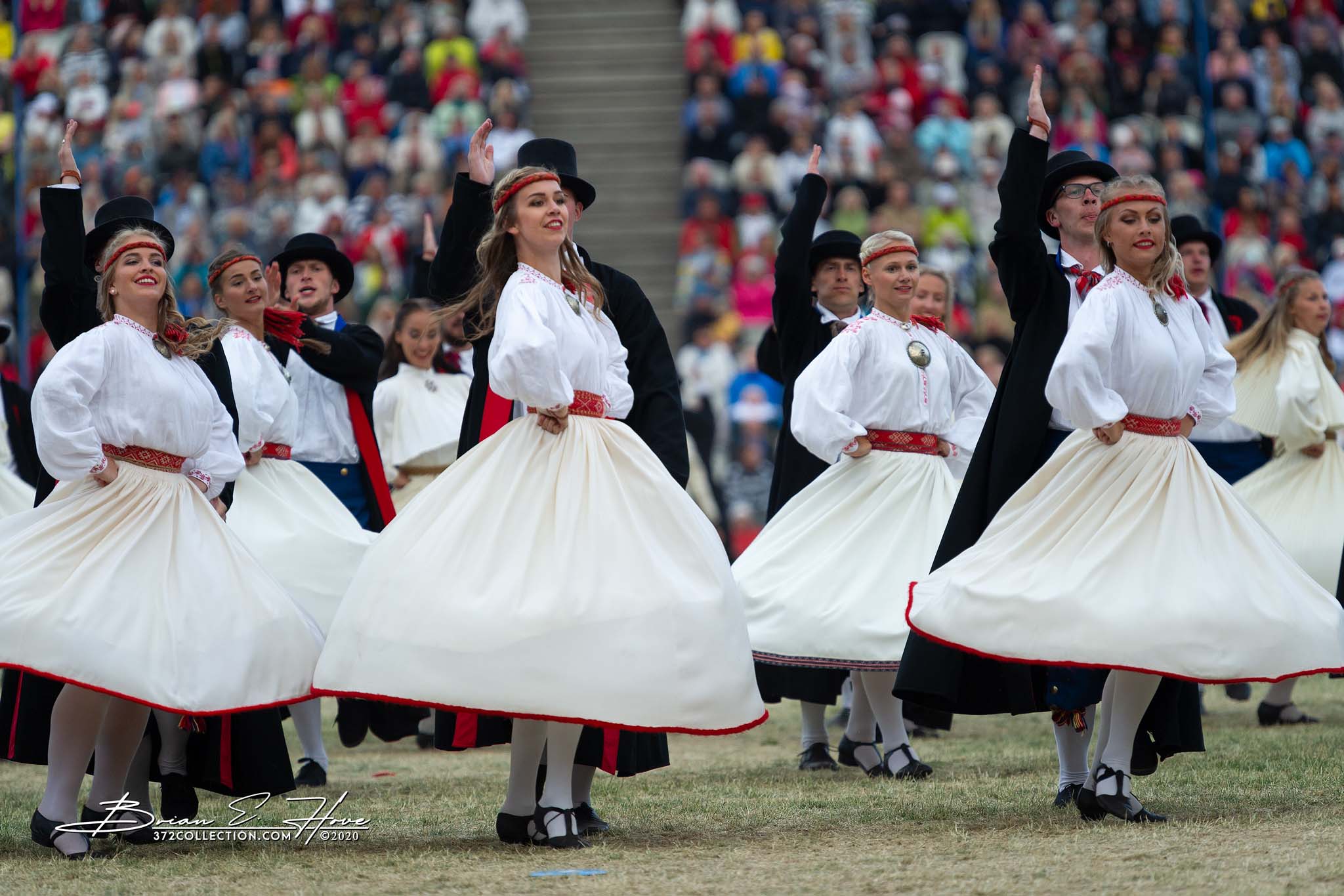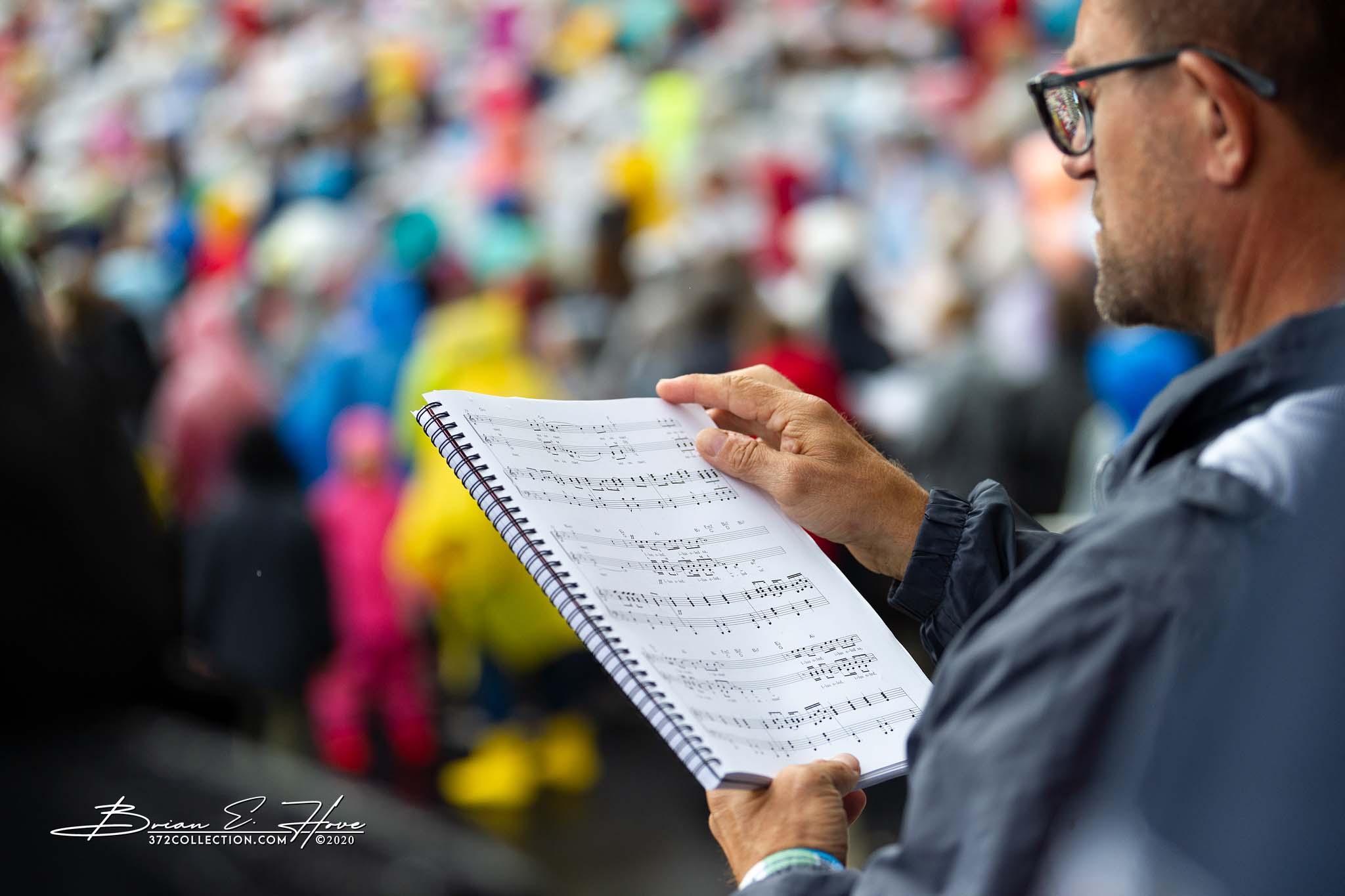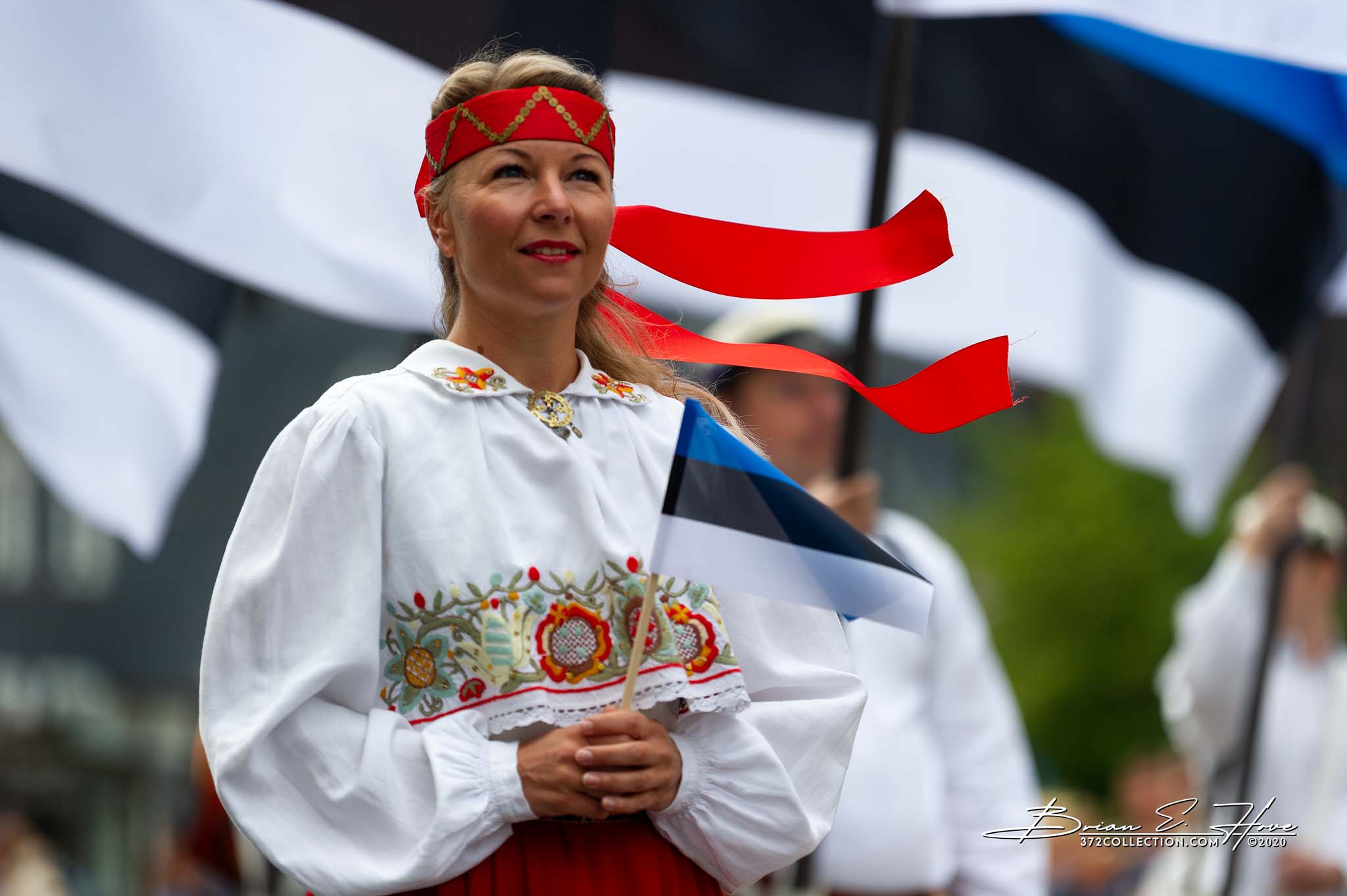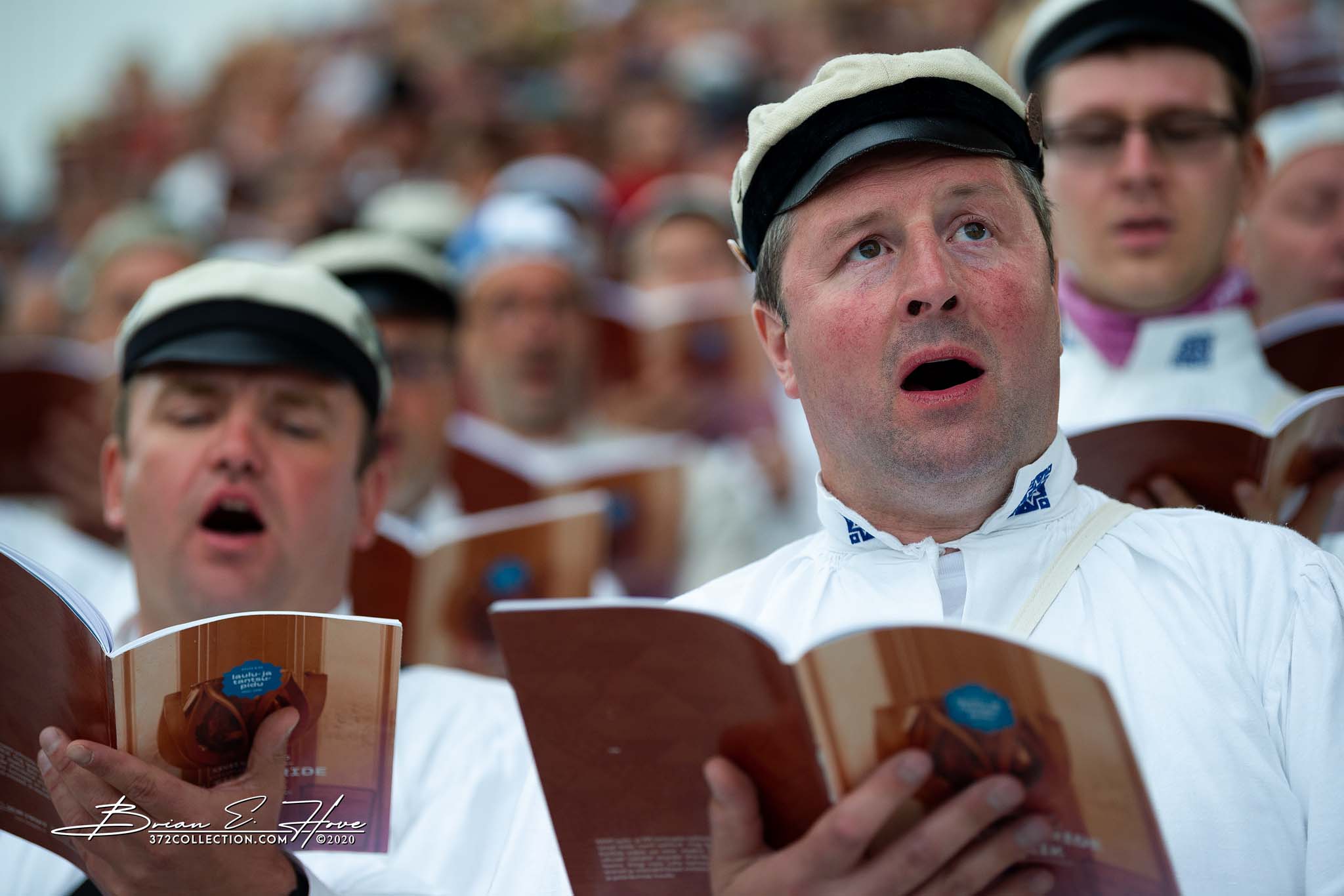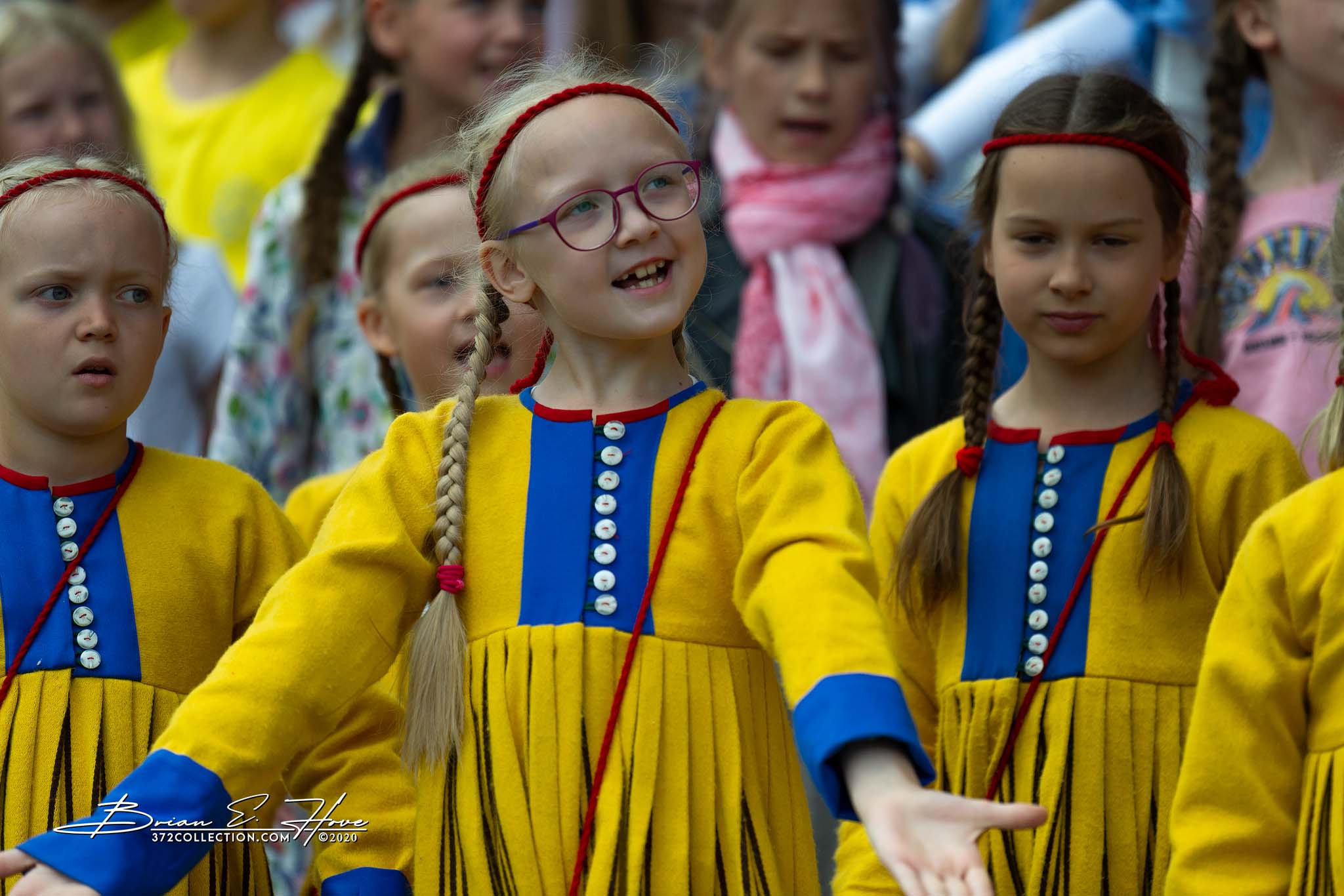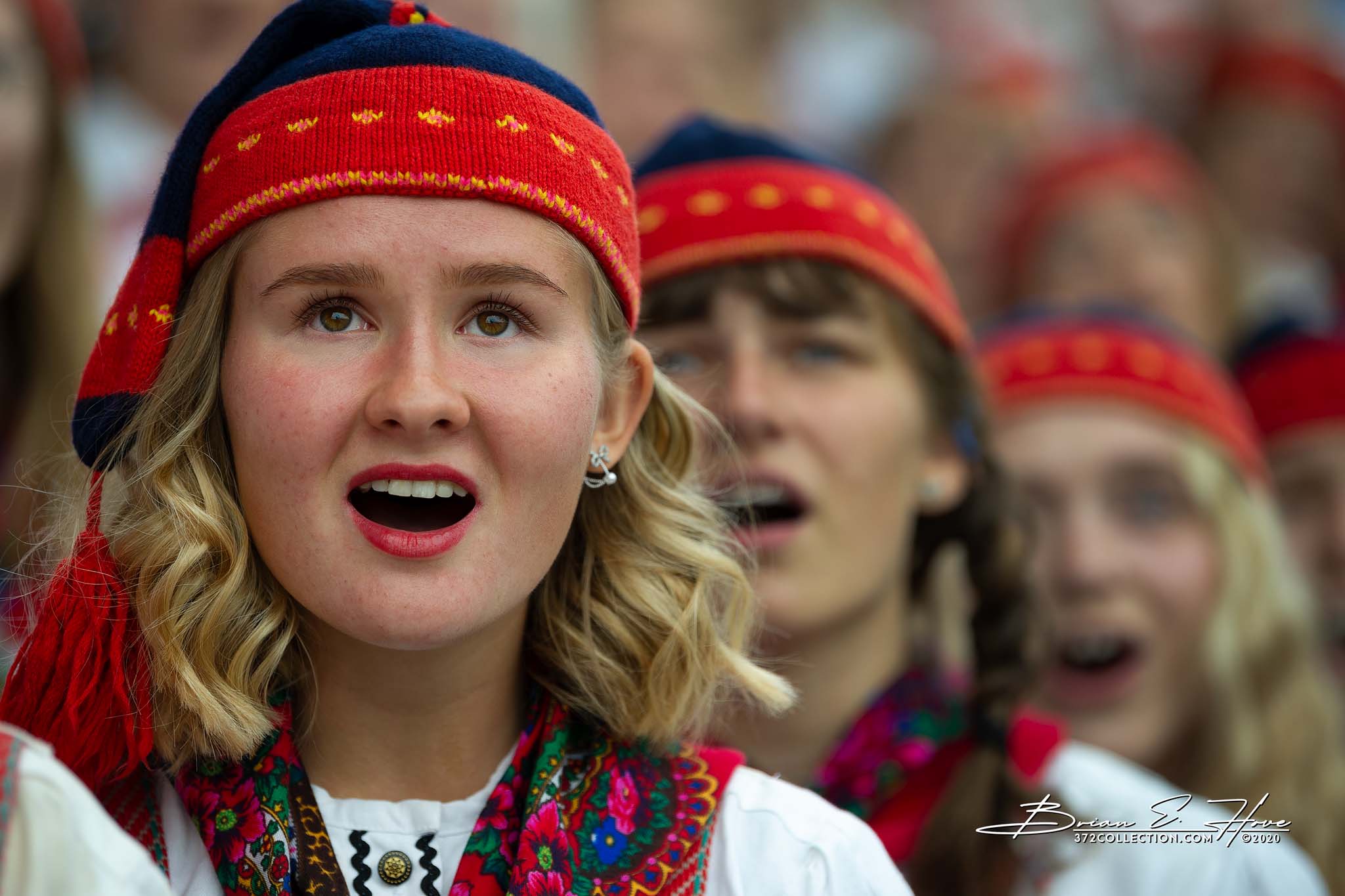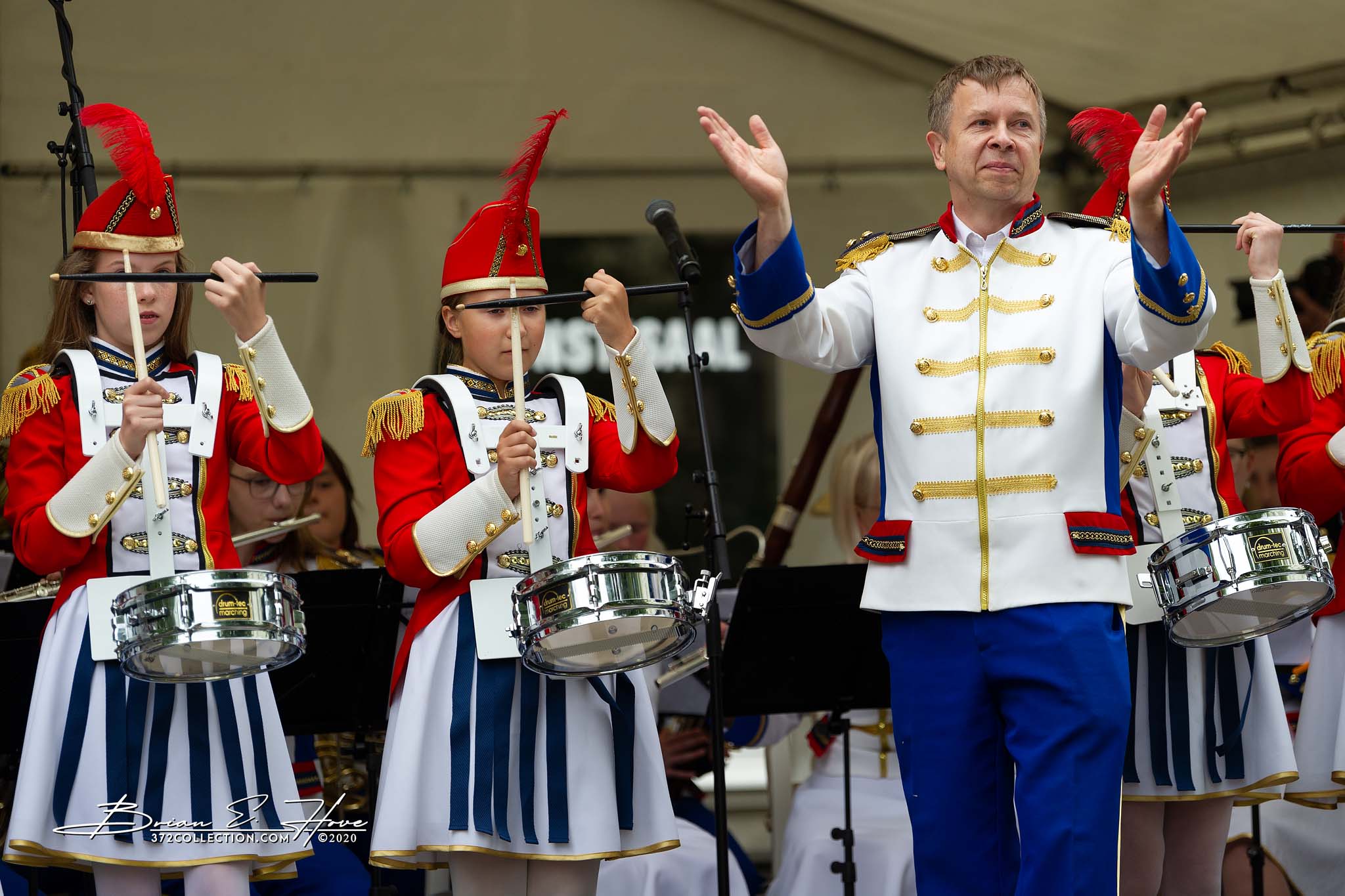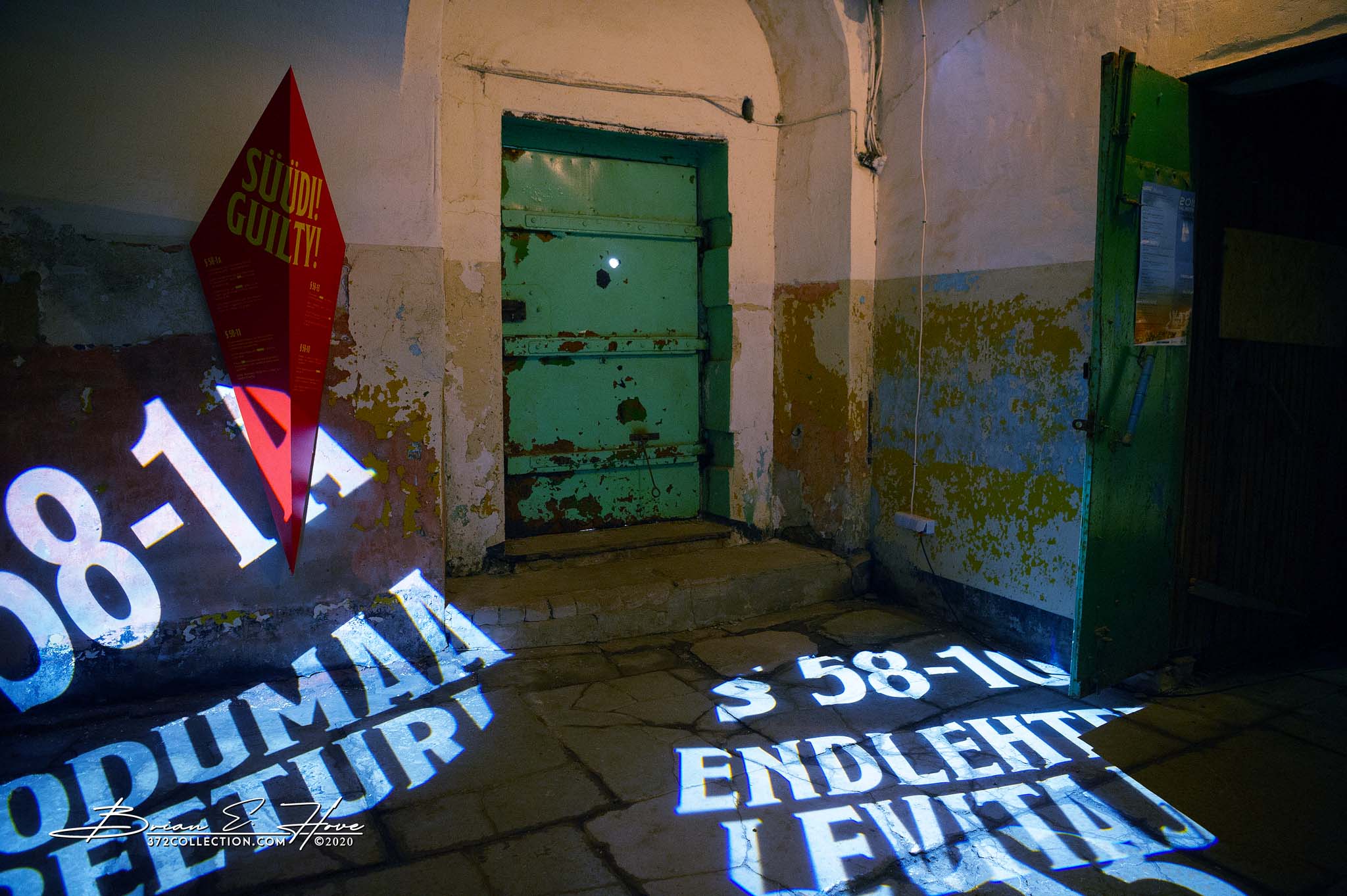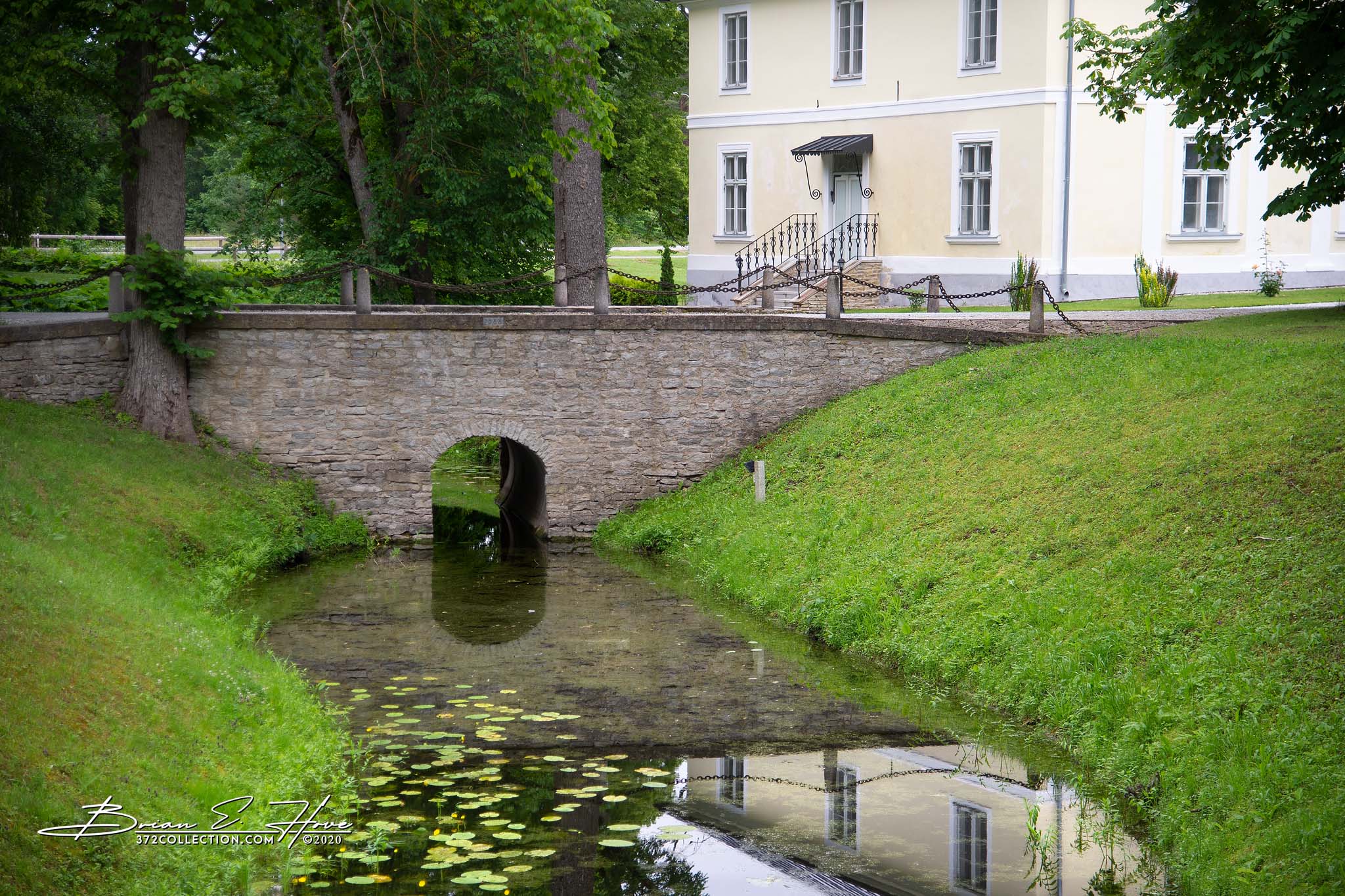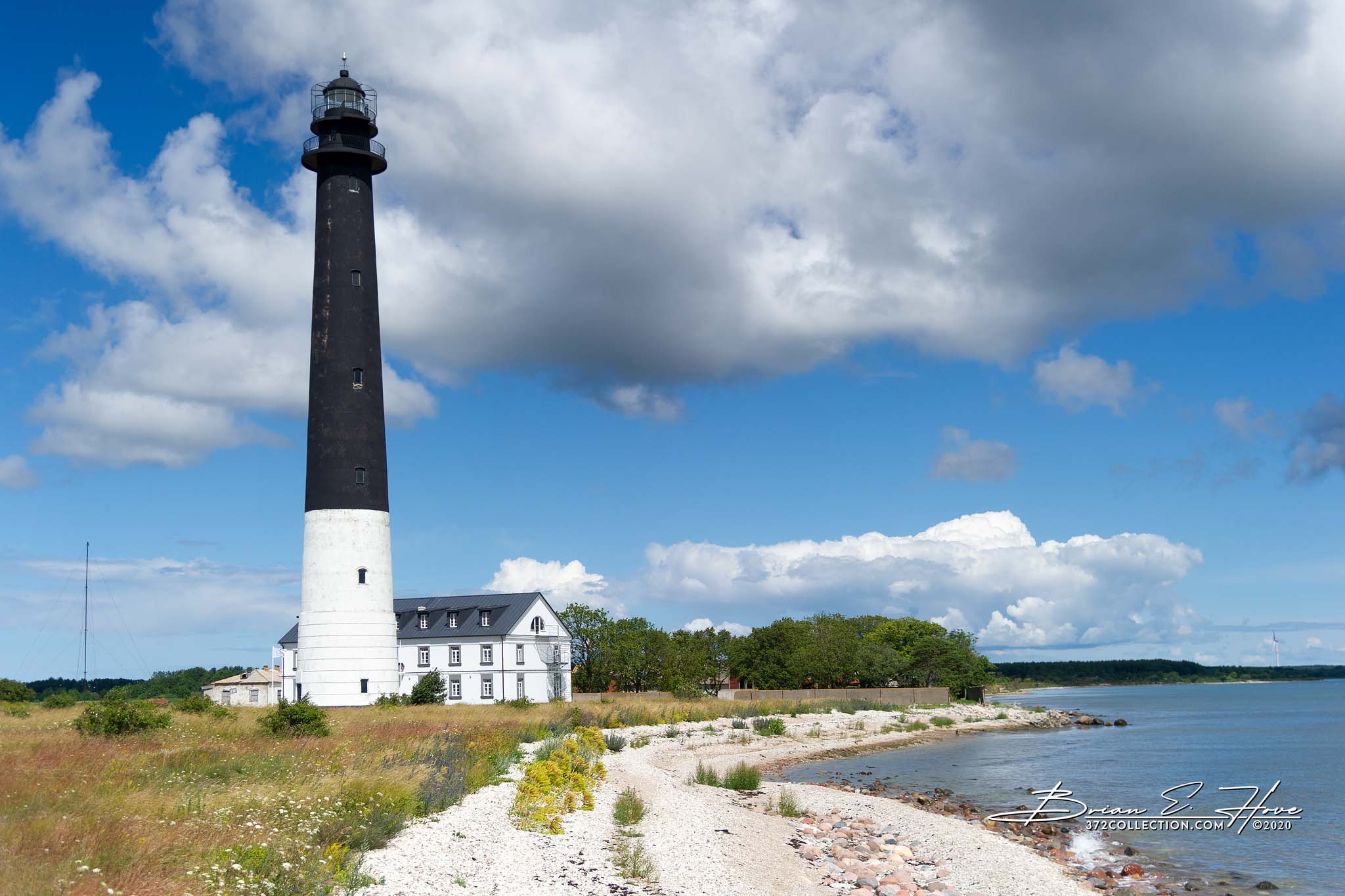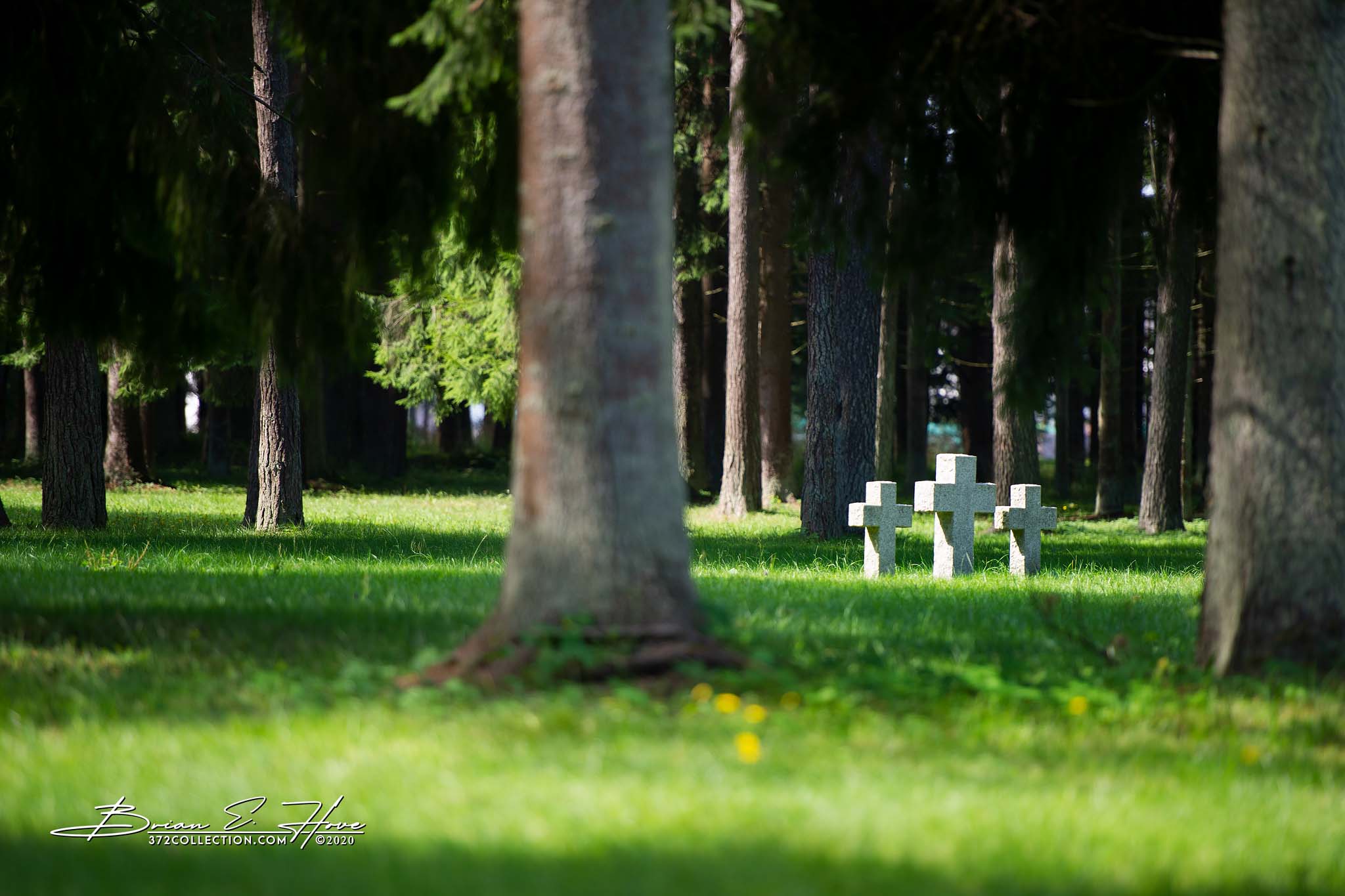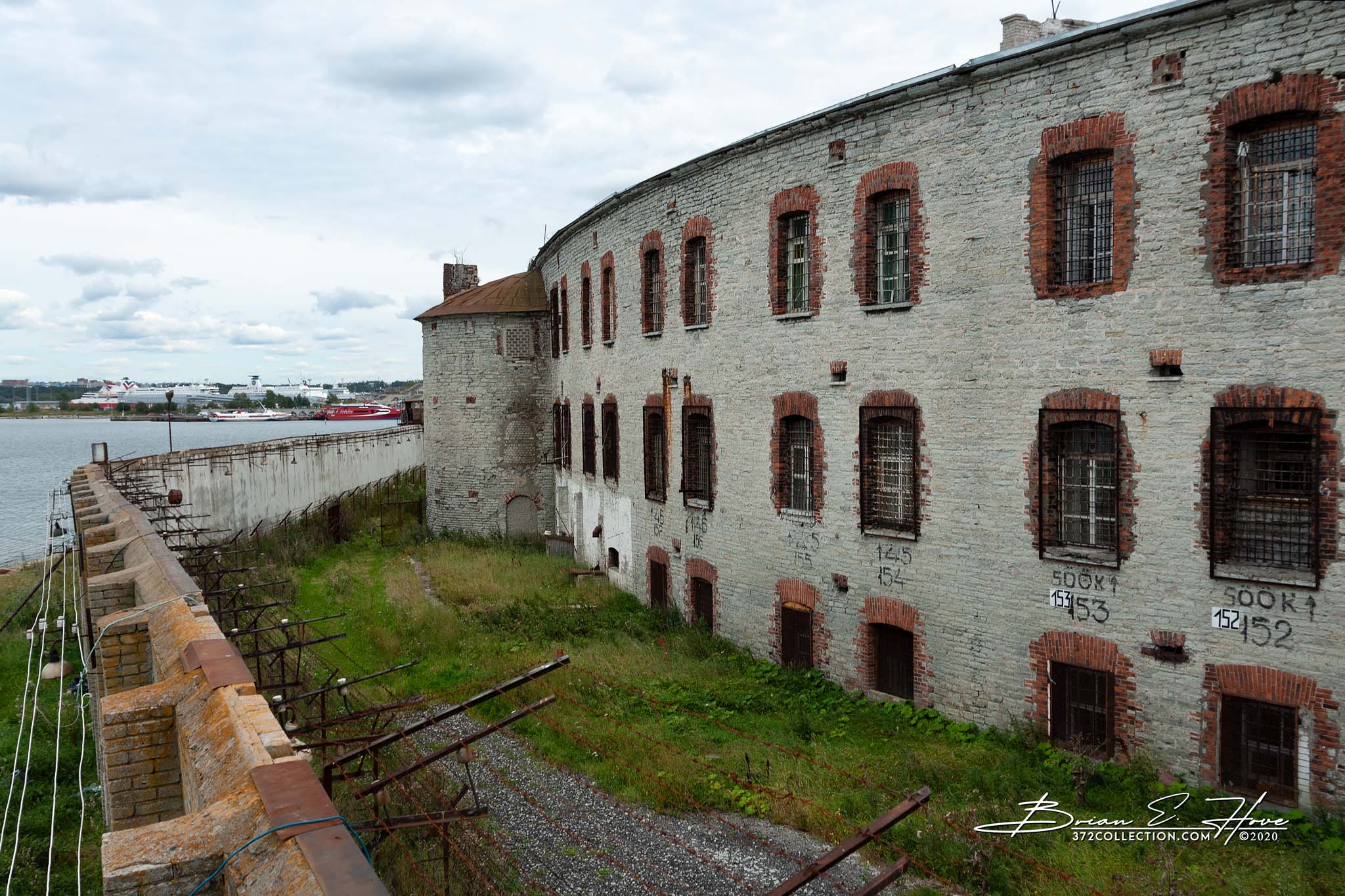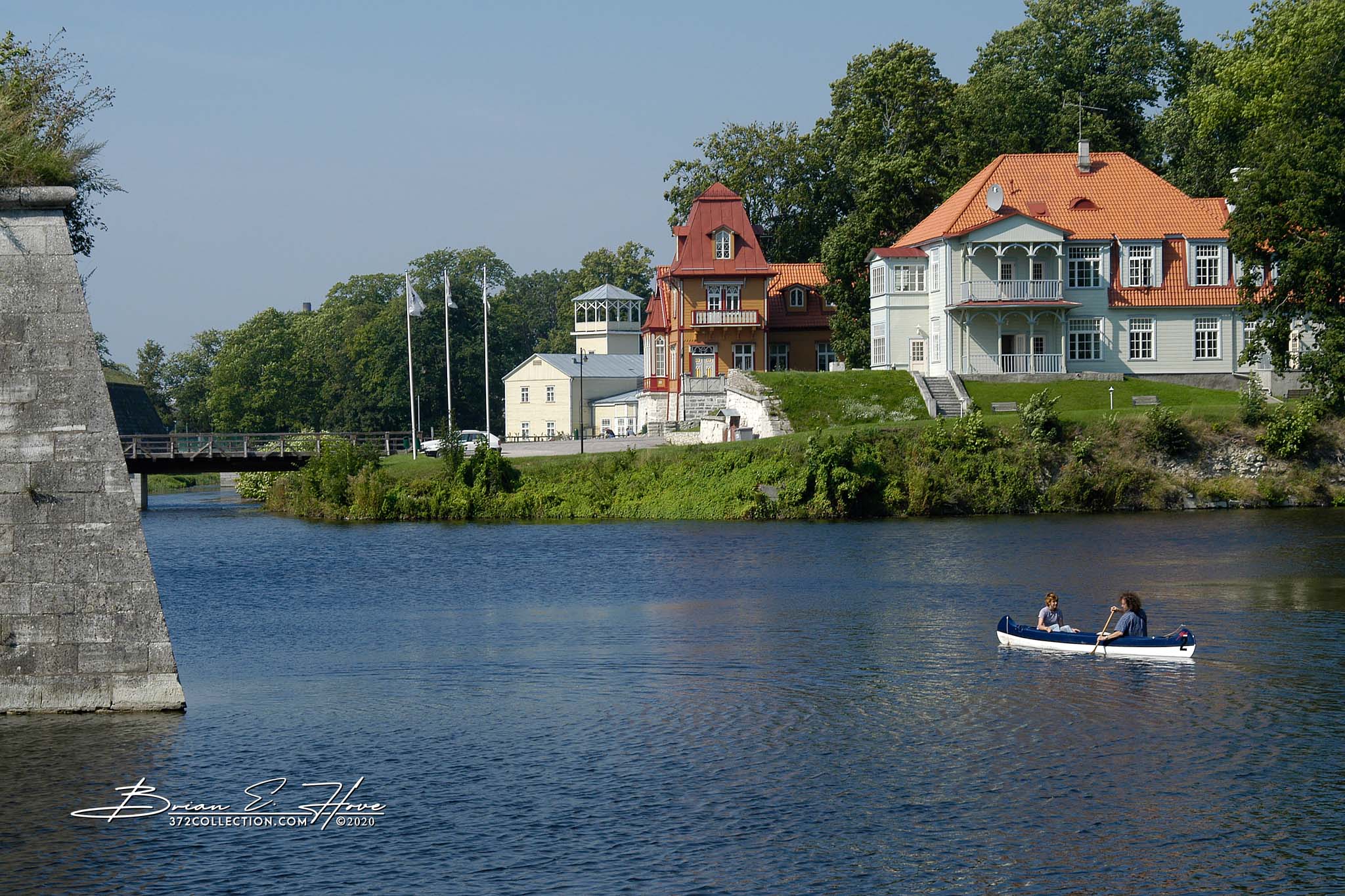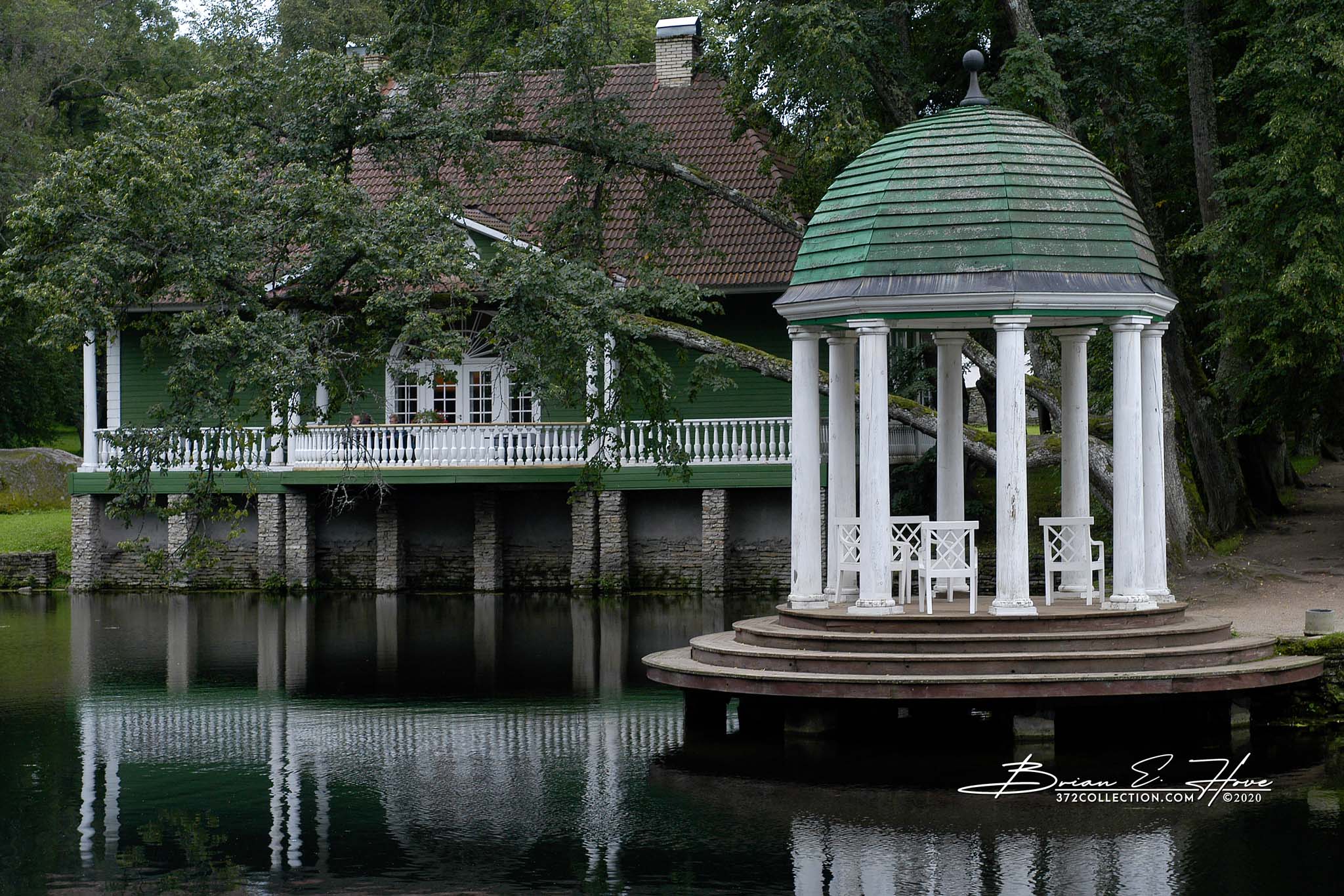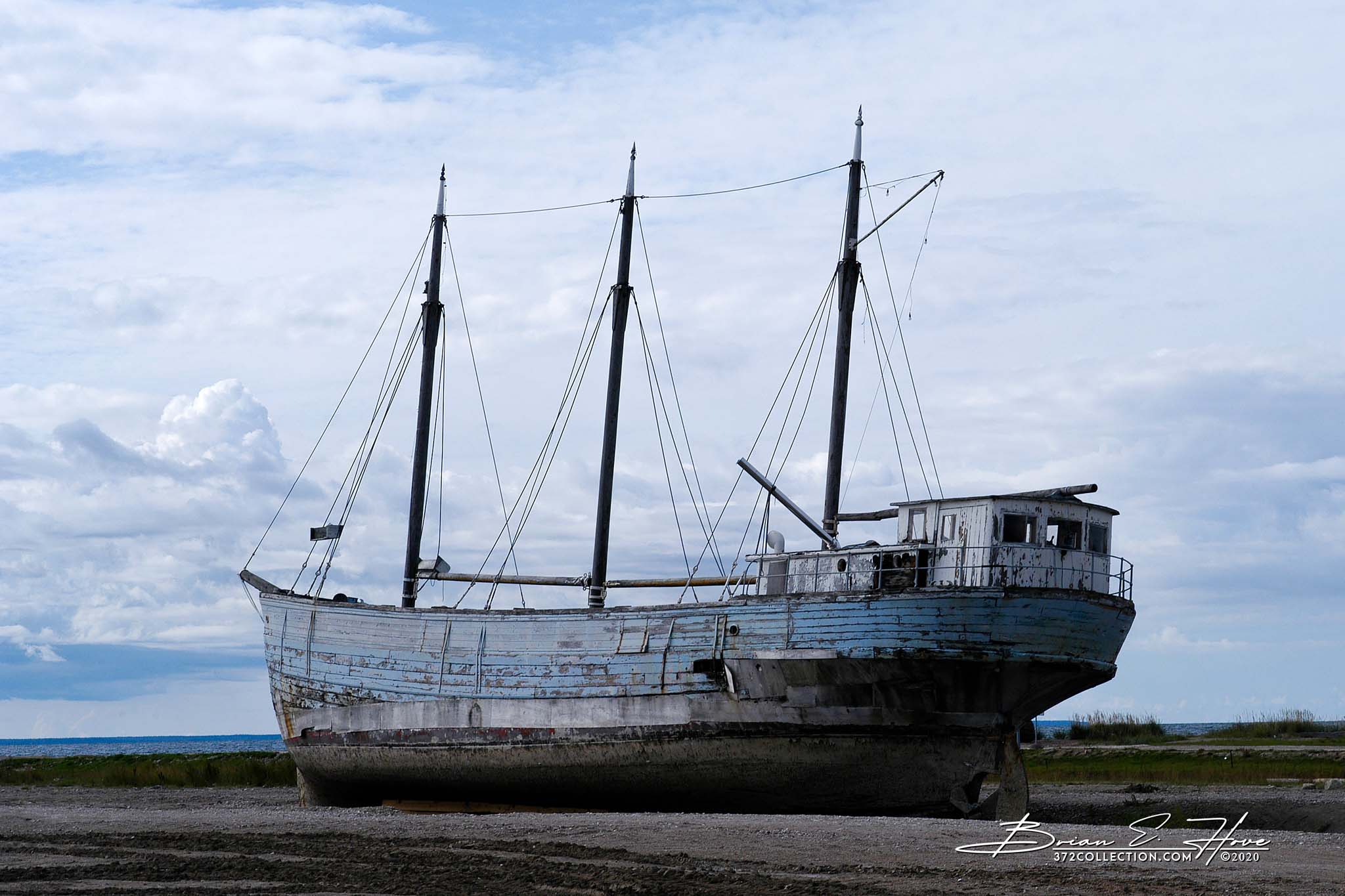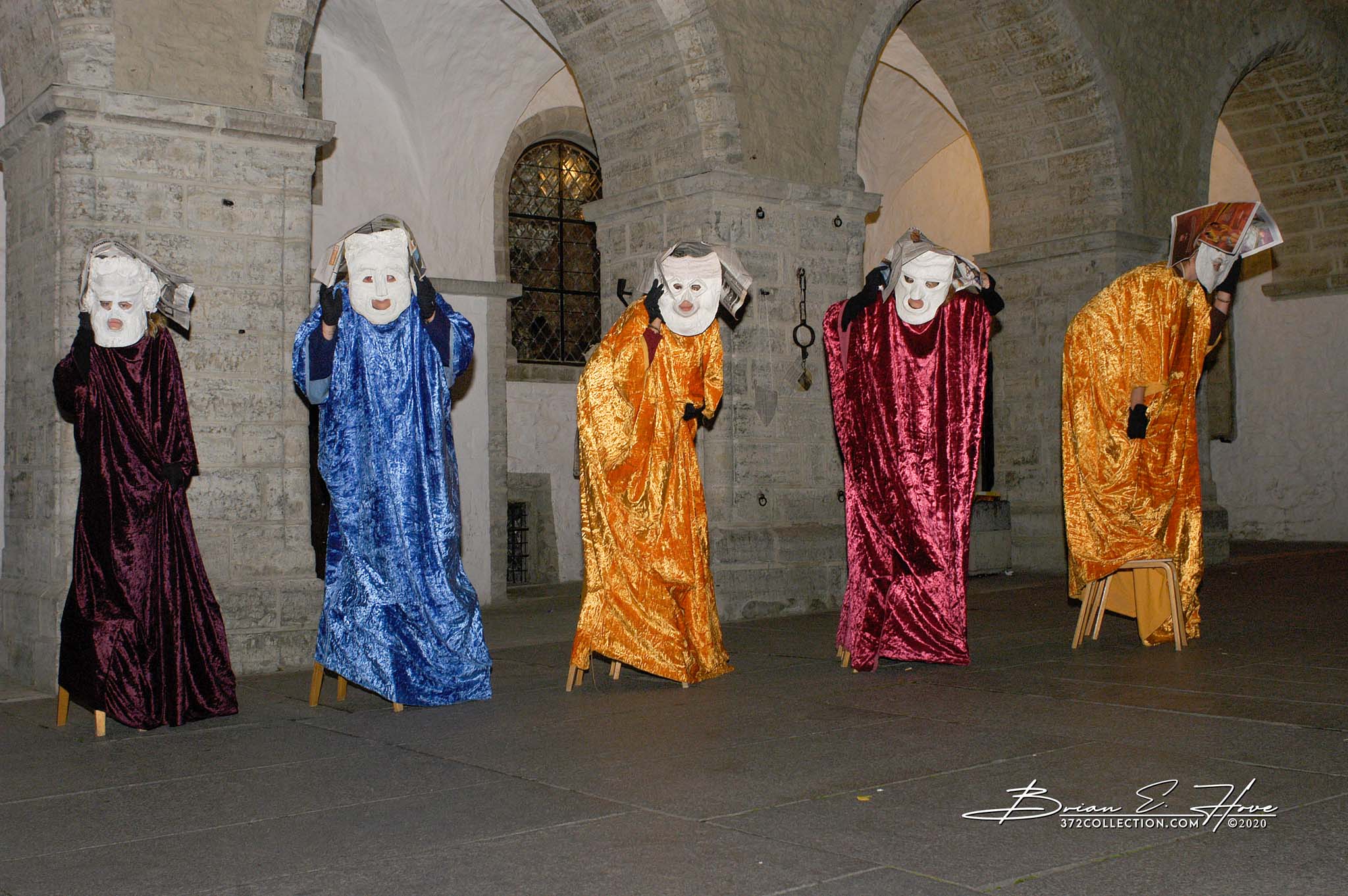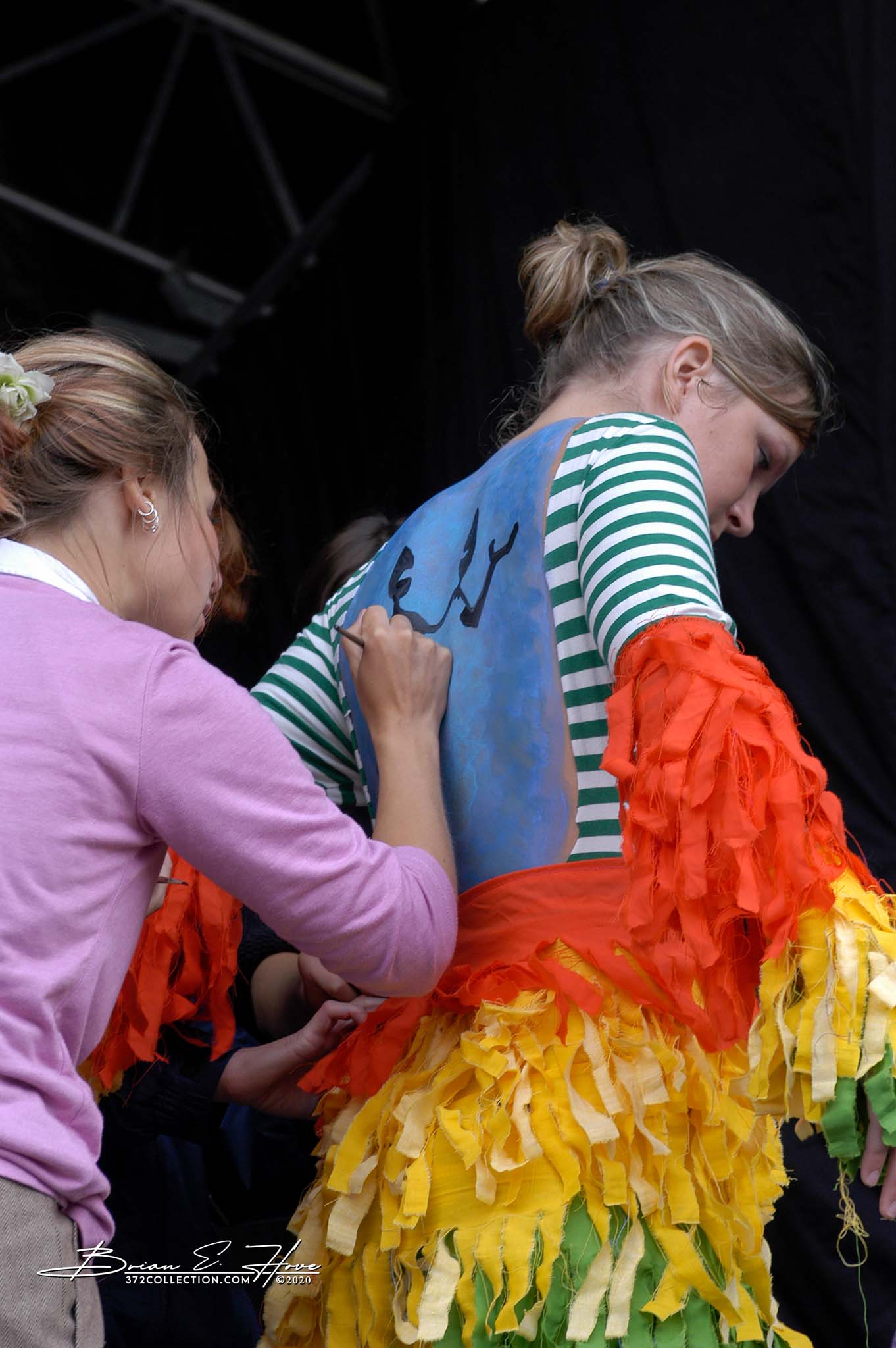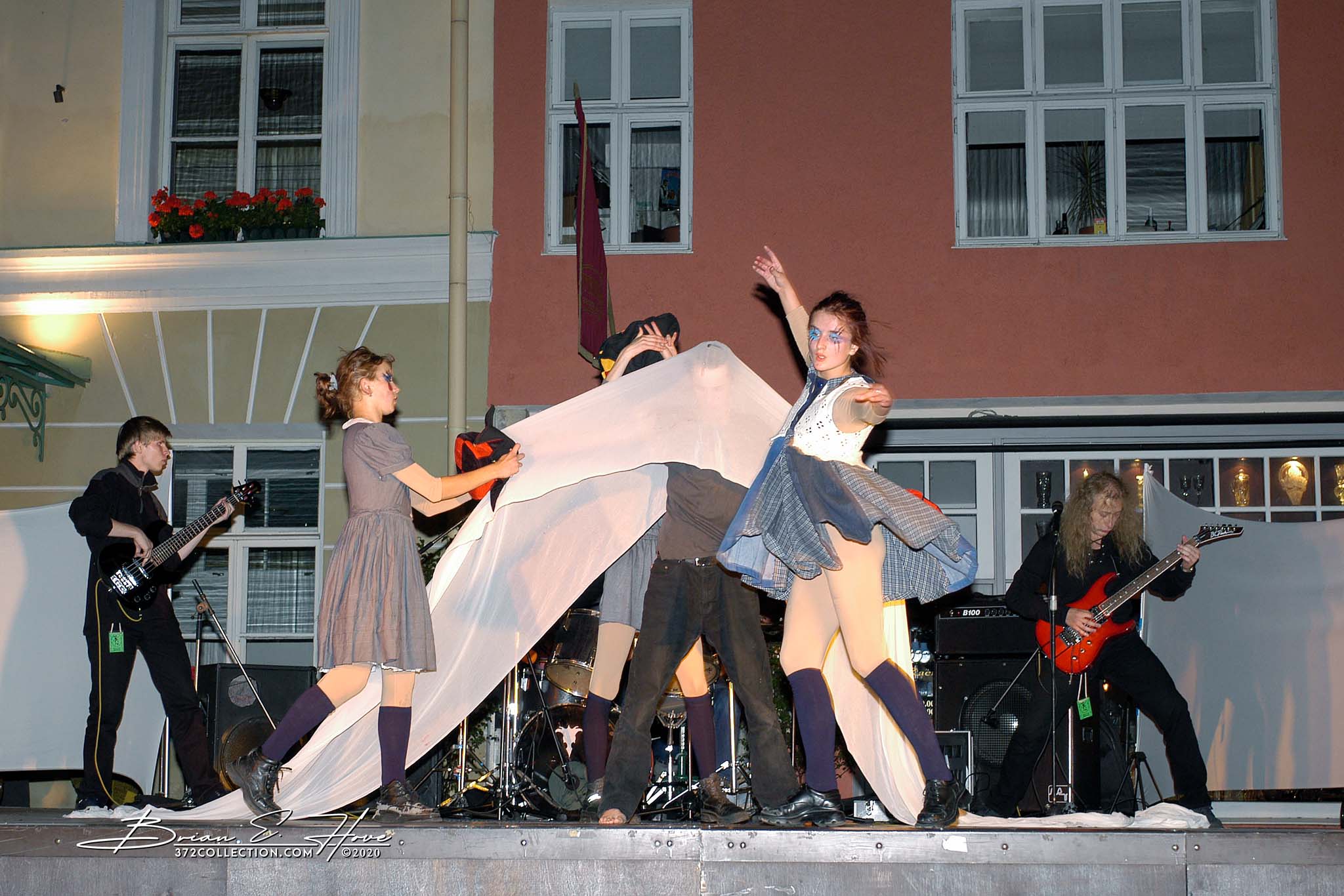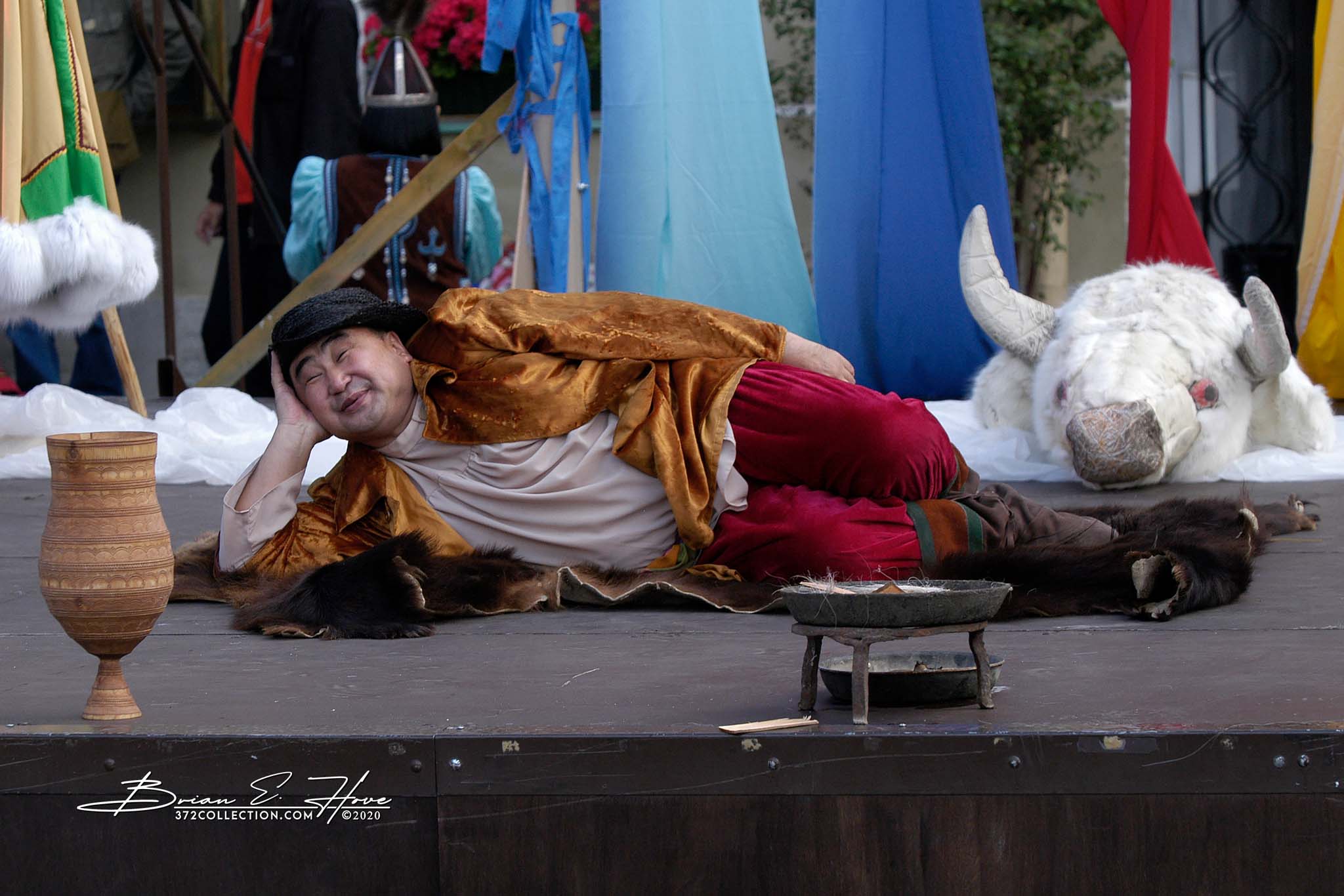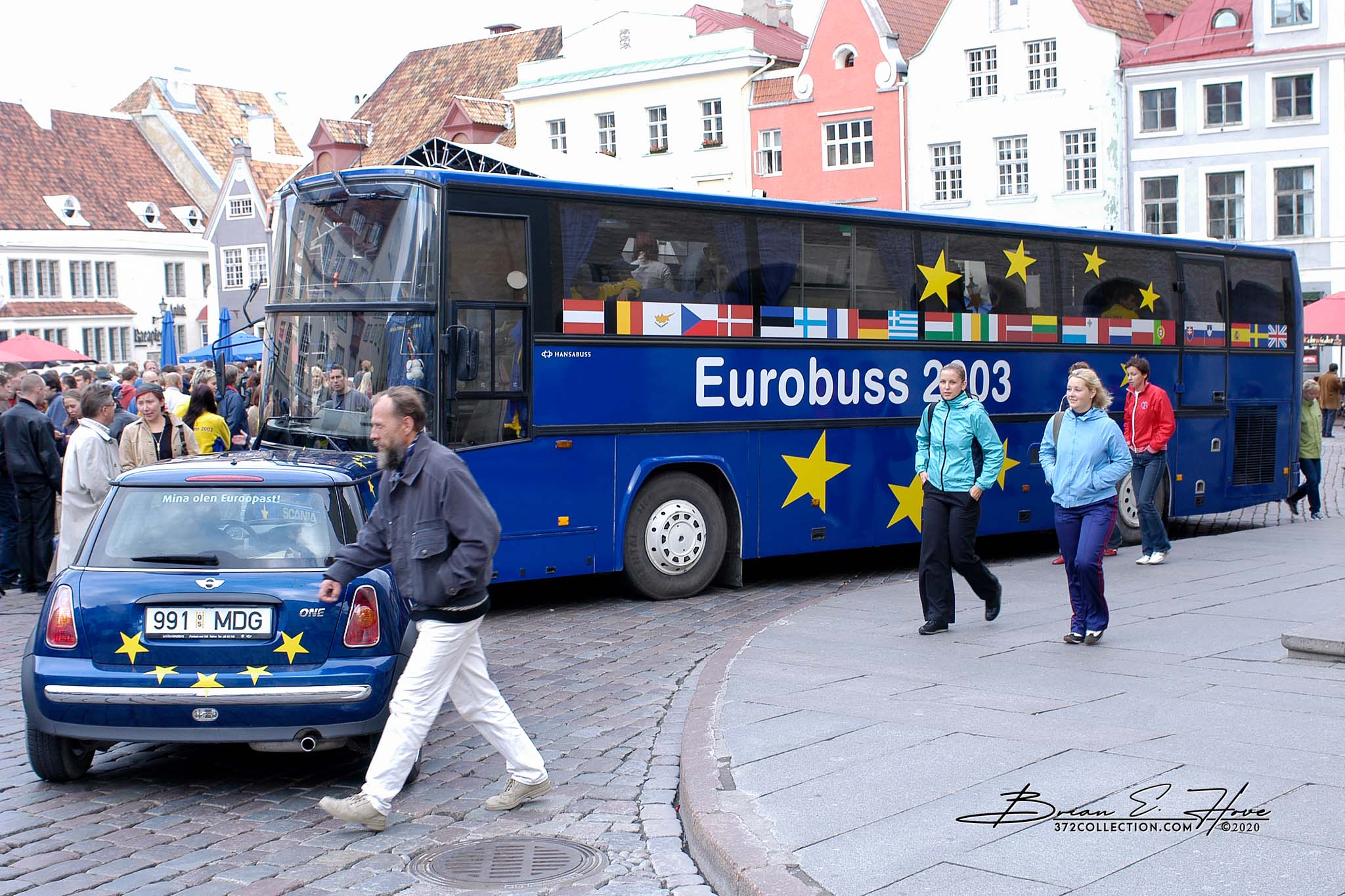This 6½ foot (2m) statue of a Russian soldier has come to represent two completely different perspectives on what World War II meant for Estonia and Russia. For one, the end of the war was the beginning of several decades trapped behind the Iron Curtain. For the other, victory was sweet despite its cost.
Since context is useful, a bit of history is required. As a relatively small country with an attractive waterfront location, Estonia often found itself the object of imperial conquest involving larger, more powerful, nations warring for territorial supremacy. At various times these conflicts involved Denmark, Norway and Sweden and then, more recently, Germany and Russia. Estonia’s historical experience with German overlords was somewhat more tolerable compared with that of Tsars and Soviets to the east. When World War II came to Estonia, the choice between Hitler and Stalin was not appealing. Nonetheless, it was thought that when the dust settled Estonia might, again, have an opportunity to secure its independence – just as it had after World War I.
But, this was not to be. During much of 1944, the Soviets engaged the Germans in fierce battles across Estonia ultimately resulting in Germany’s retreat after three years of occupation. Russia viewed this as liberating Estonia from the Nazi scourge. Since it came at the price of tens of thousands of Red Army lives (some estimates number fatalities well into six-figures), this was something to be honored and appreciated by the local citizenry. Estonians, on the other hand, viewed this event as trading one occupying force for another in which the new boss possessed an ignoble reputation for anti-social tendencies. Of course, it’s debatable whether Hitler would have granted Estonia its freedom since his stated motivation for attacking Russia in the first place was to acquire “living space” for Germans. But, it was Estonia’s only hope given rather dismal circumstances.
In any event, victors build the monuments. So, the Soviets built a statue in 1947 commemorating the costly fight for Estonia’s liberation. The chosen subject was a common Red Army soldier. It was placed in a prominent location – Liberator Square near the center of Tallinn – where it stood sentinel for sixty years. By 2007, Estonia had settled into 16 years of freedom from Soviet occupation and repression. Given what it stood for, many Estonians felt it was time the Bronze Soldier was retired from his post. Of course, this did not sit well with Tallinn’s large Russian population who continued to view “Alyosha” with much affection.
The should-it-stay-or-should-it-go debate was emotionally charged on both sides. So, after a particularly restless night of rioting, political leaders decided it must go.
In the early morning hours of 27 April 2007, it was removed. Three days later it was re-positioned a short distance away in the Defense Forces Cemetery of Tallinn and rebranded “Monument to the Fallen in the Second World War”. This was considered historically appropriate while also dialing back the negative connotations associated with its original moniker, “Monument to the Liberators of Tallinn”.
So many words for so few photos. But, there are few photos in this project that better represent the complicated history Estonia has with its neighbor to the east.
(Thank you for your patience – photos will load momentarily . . . )







